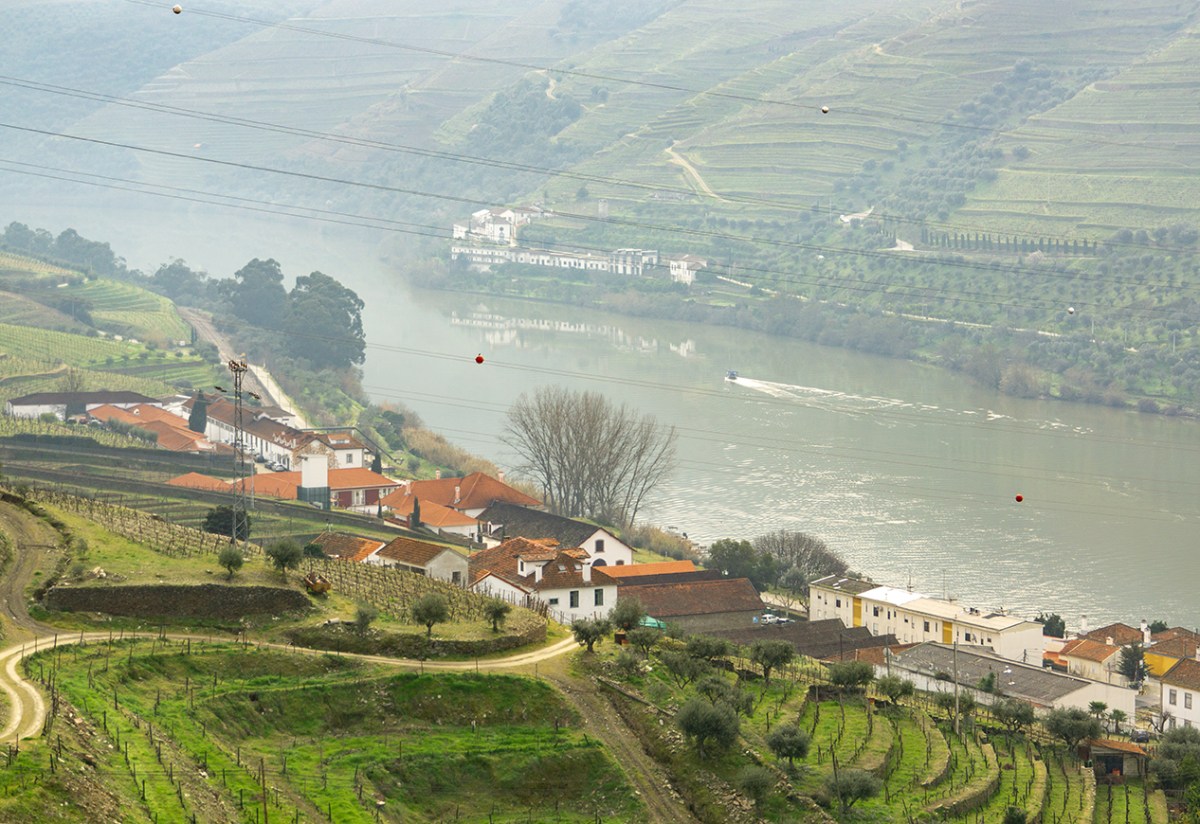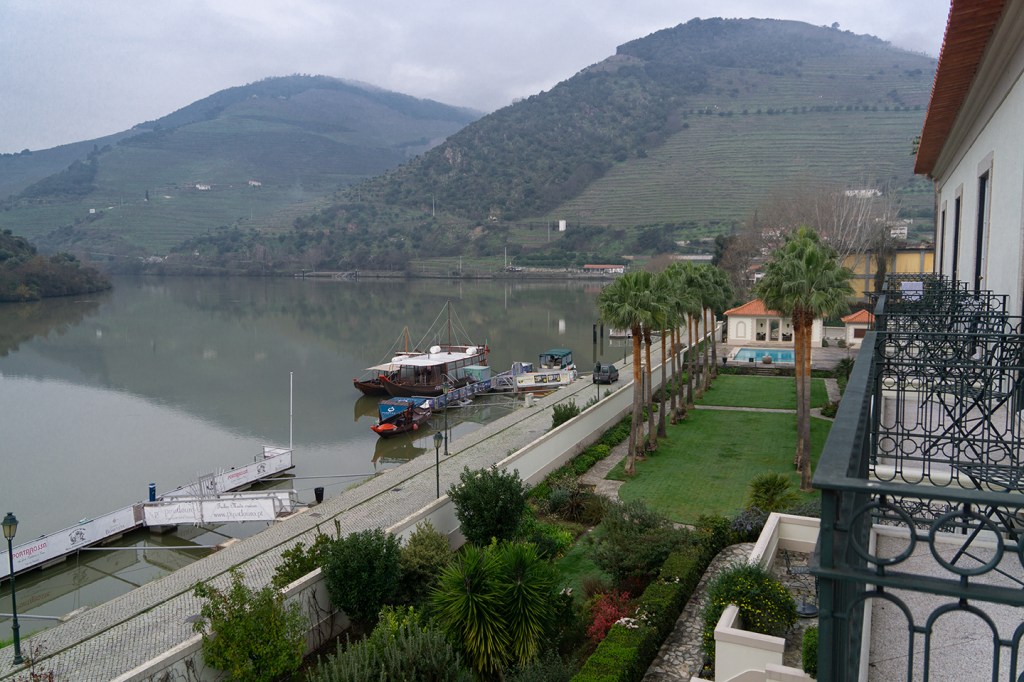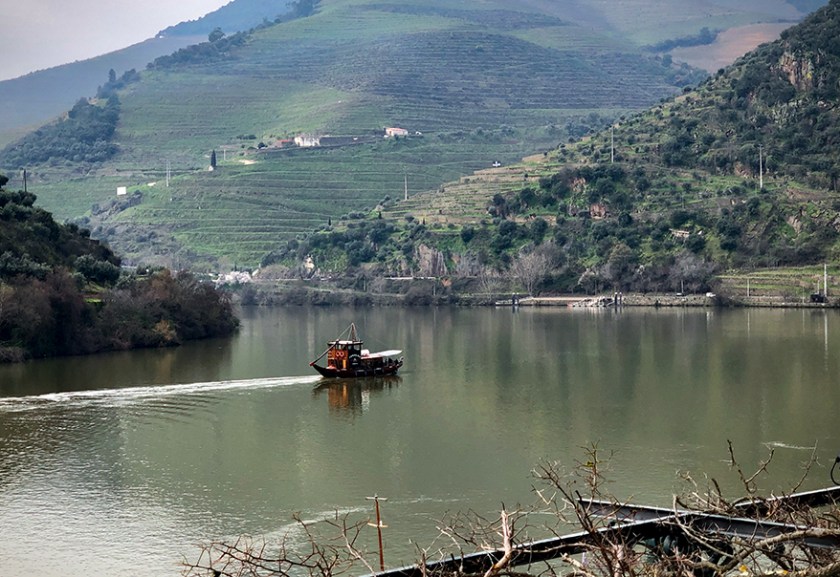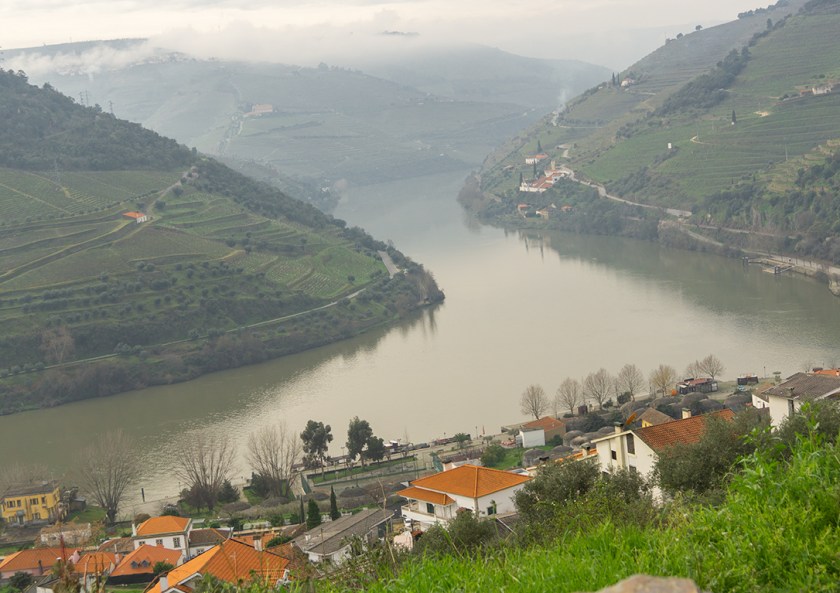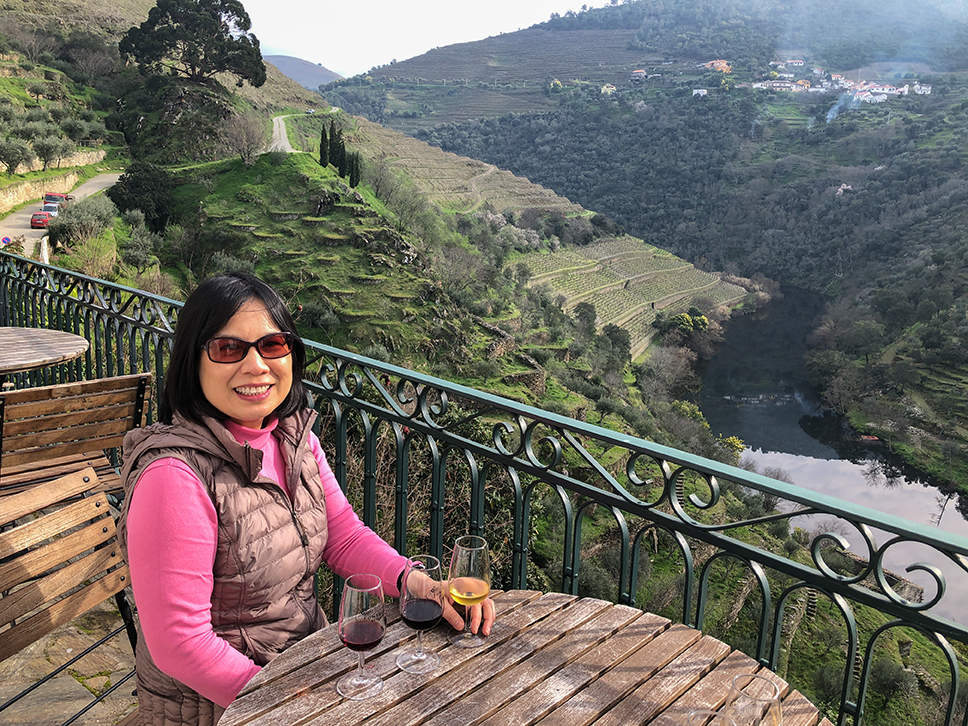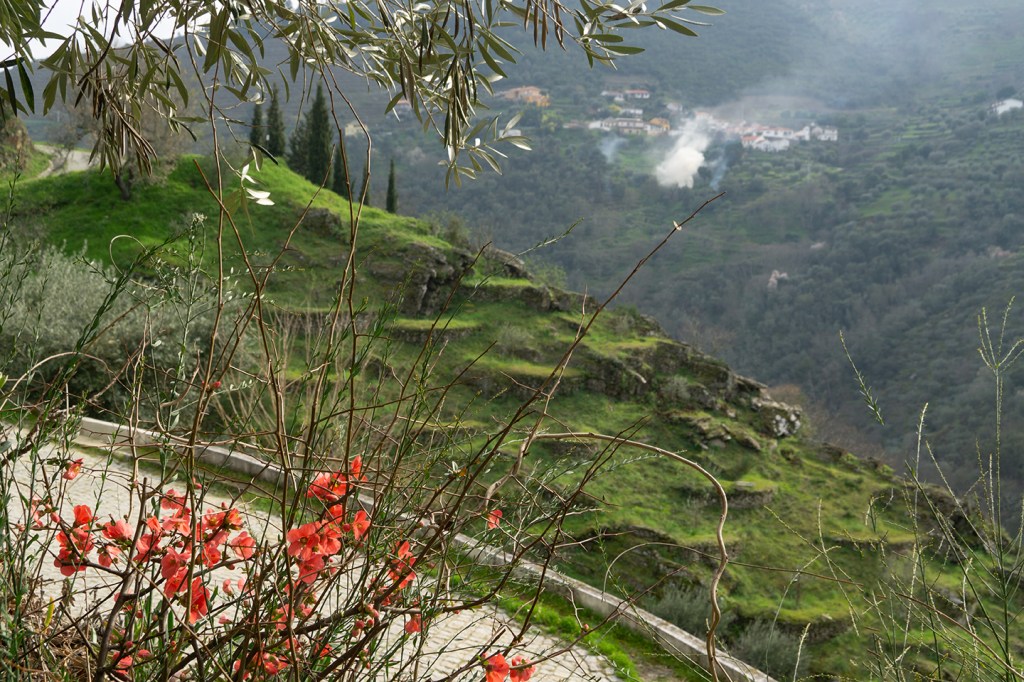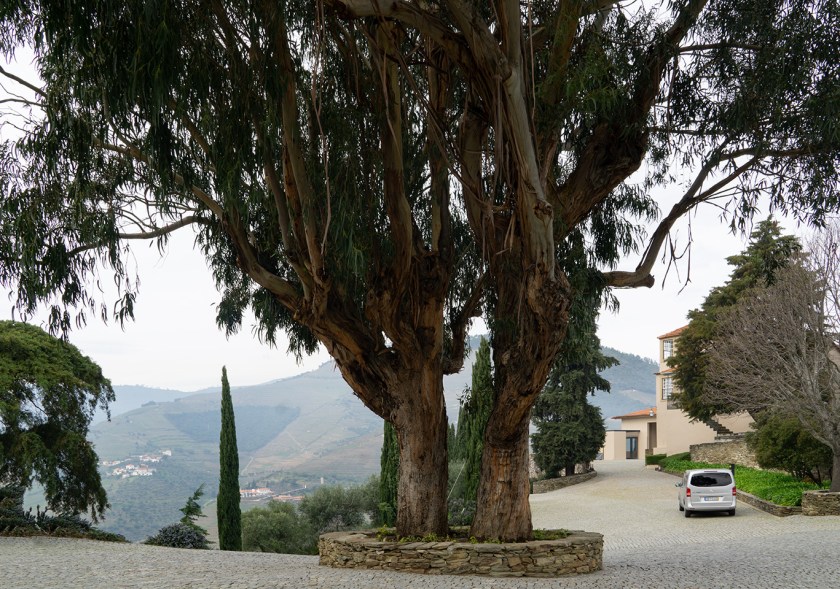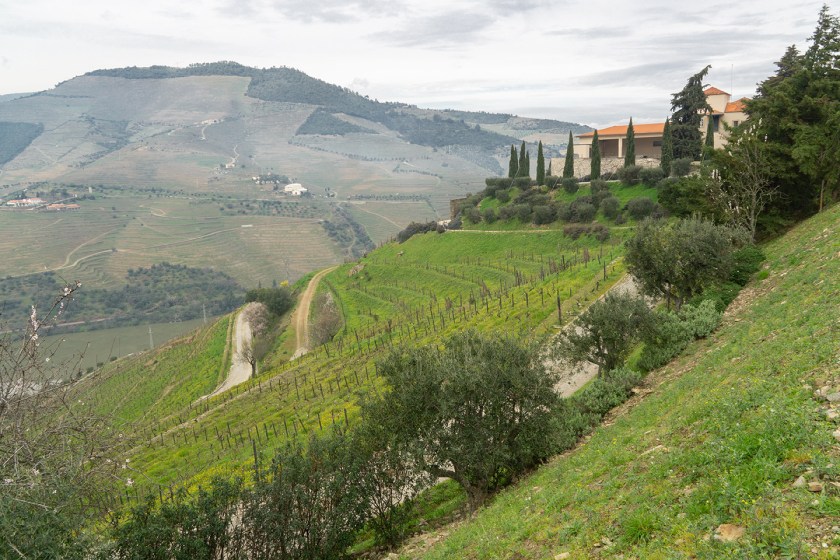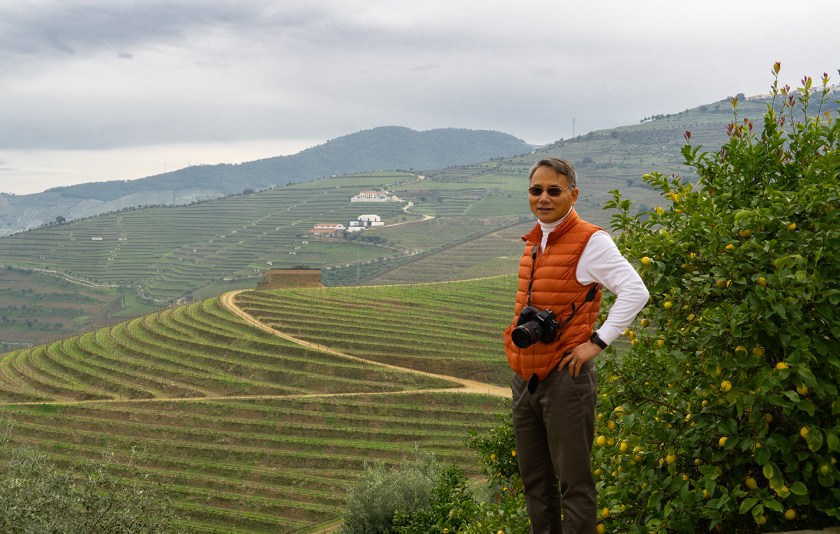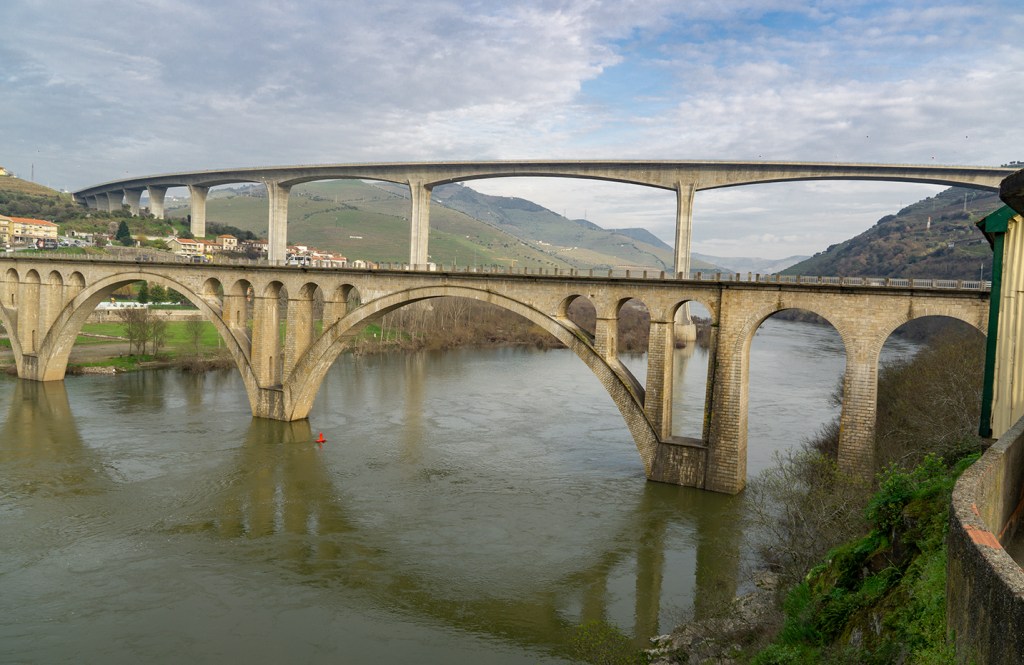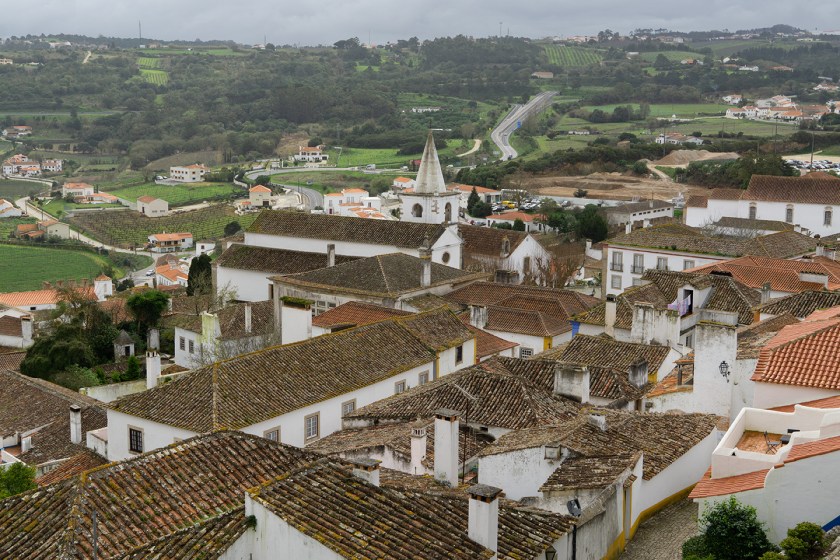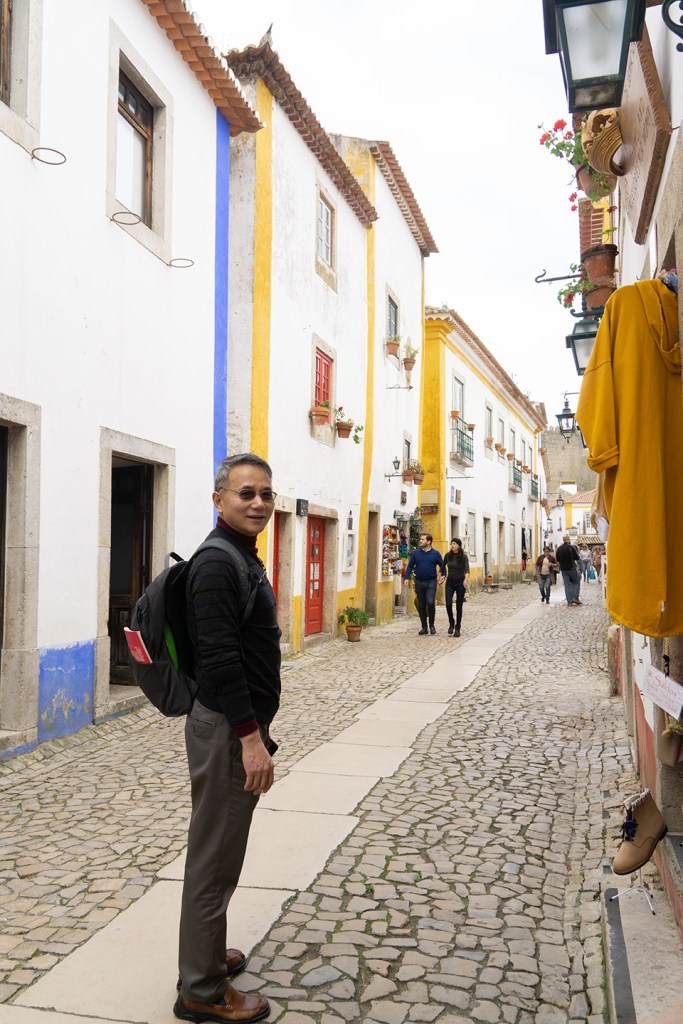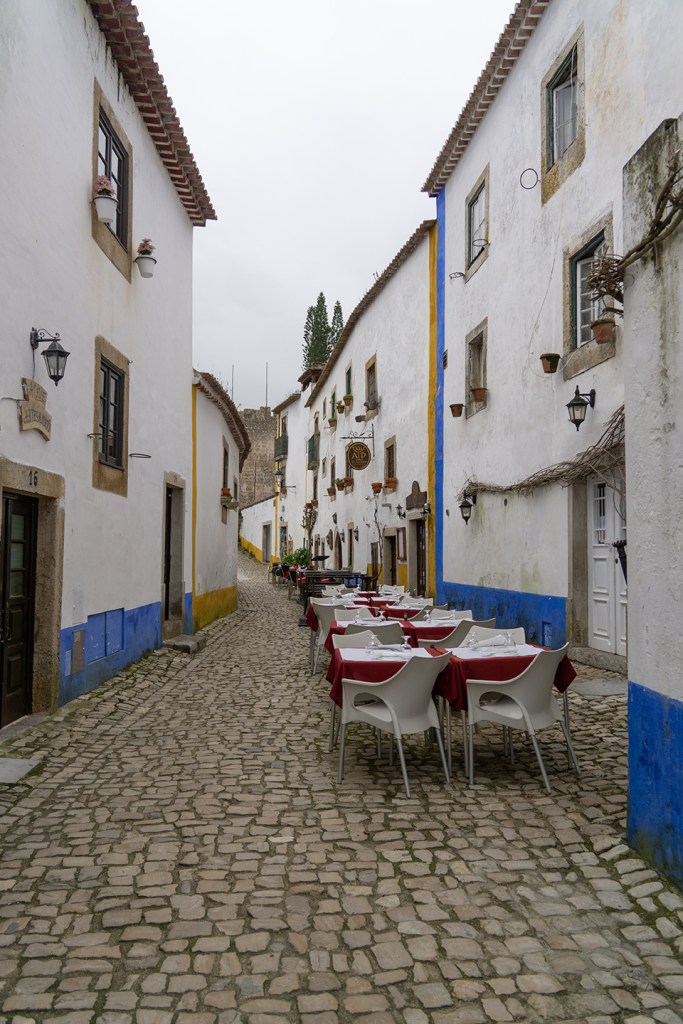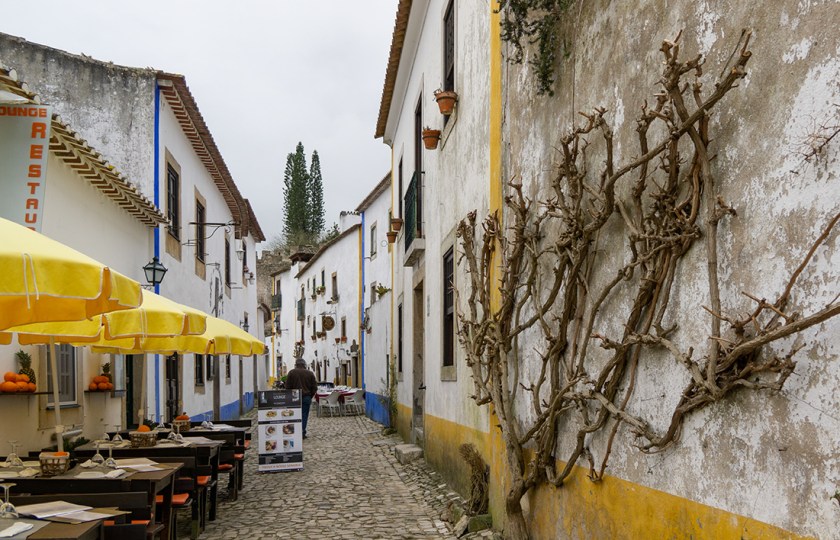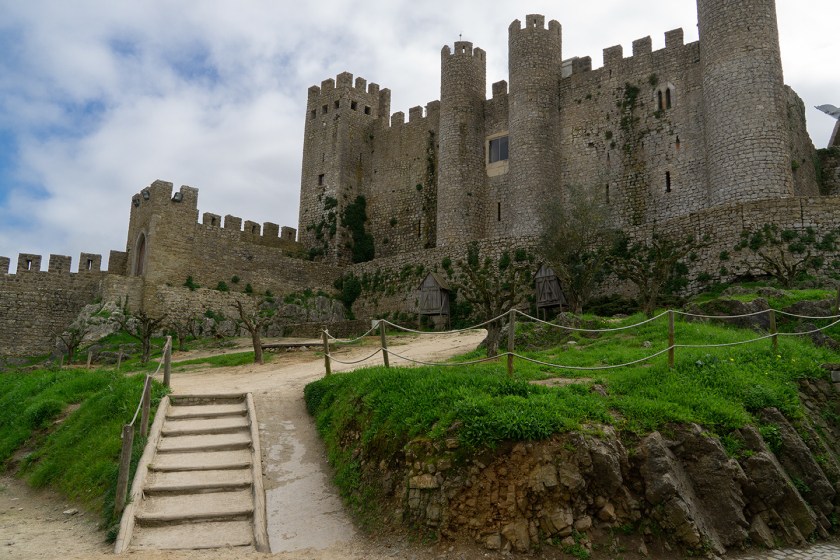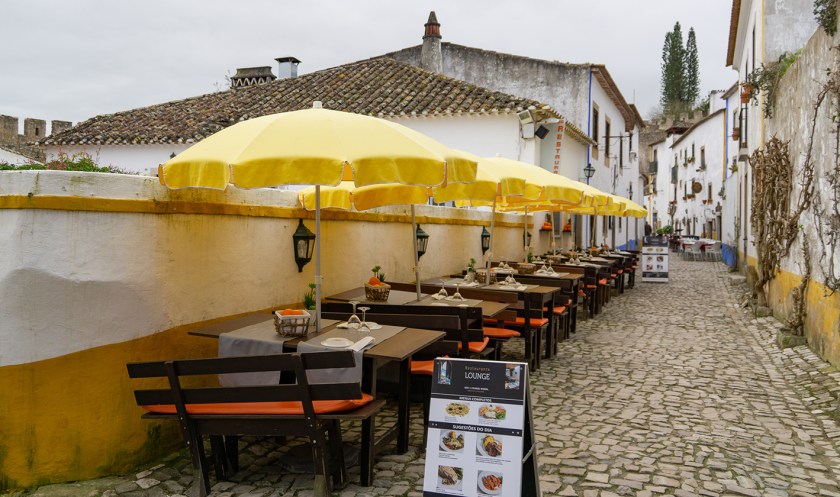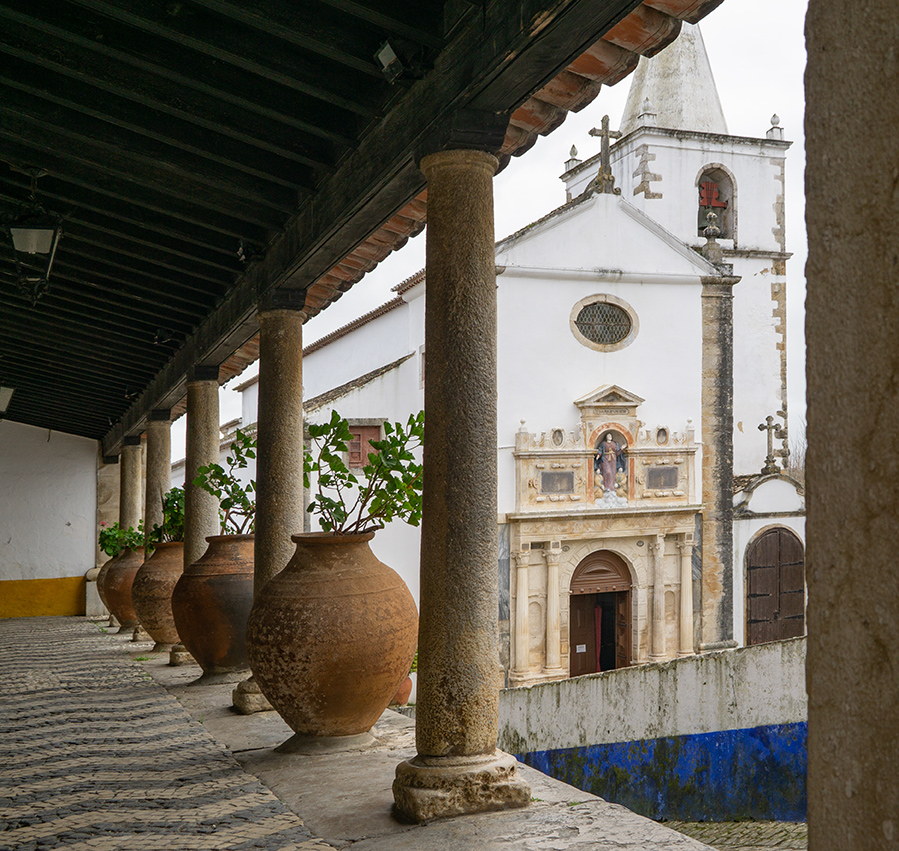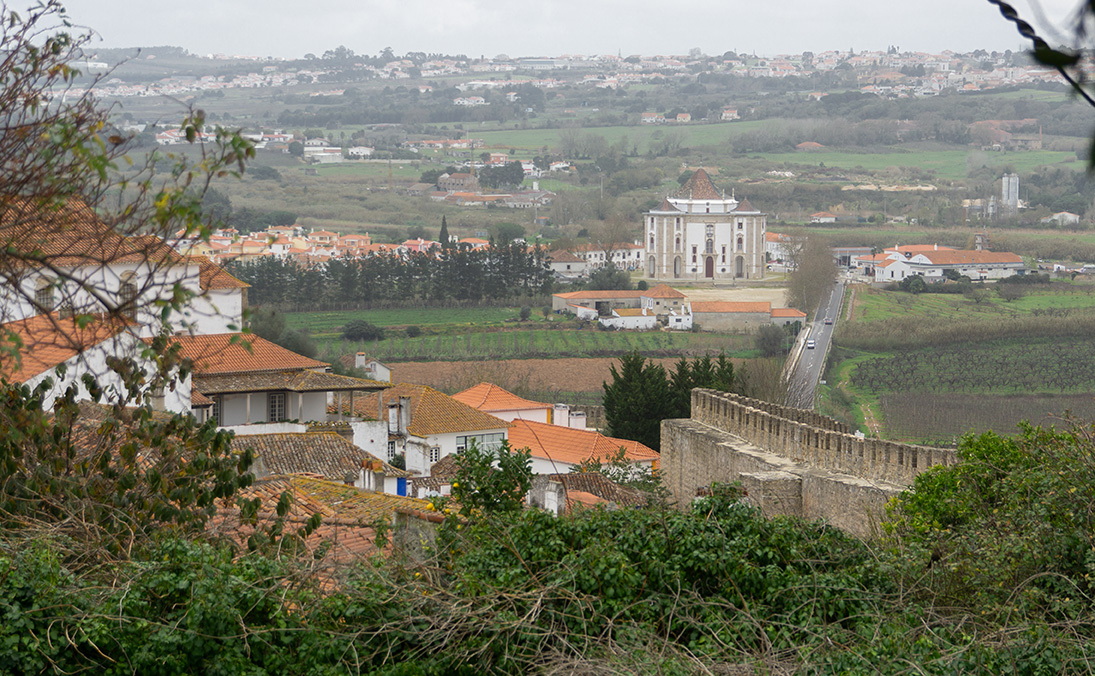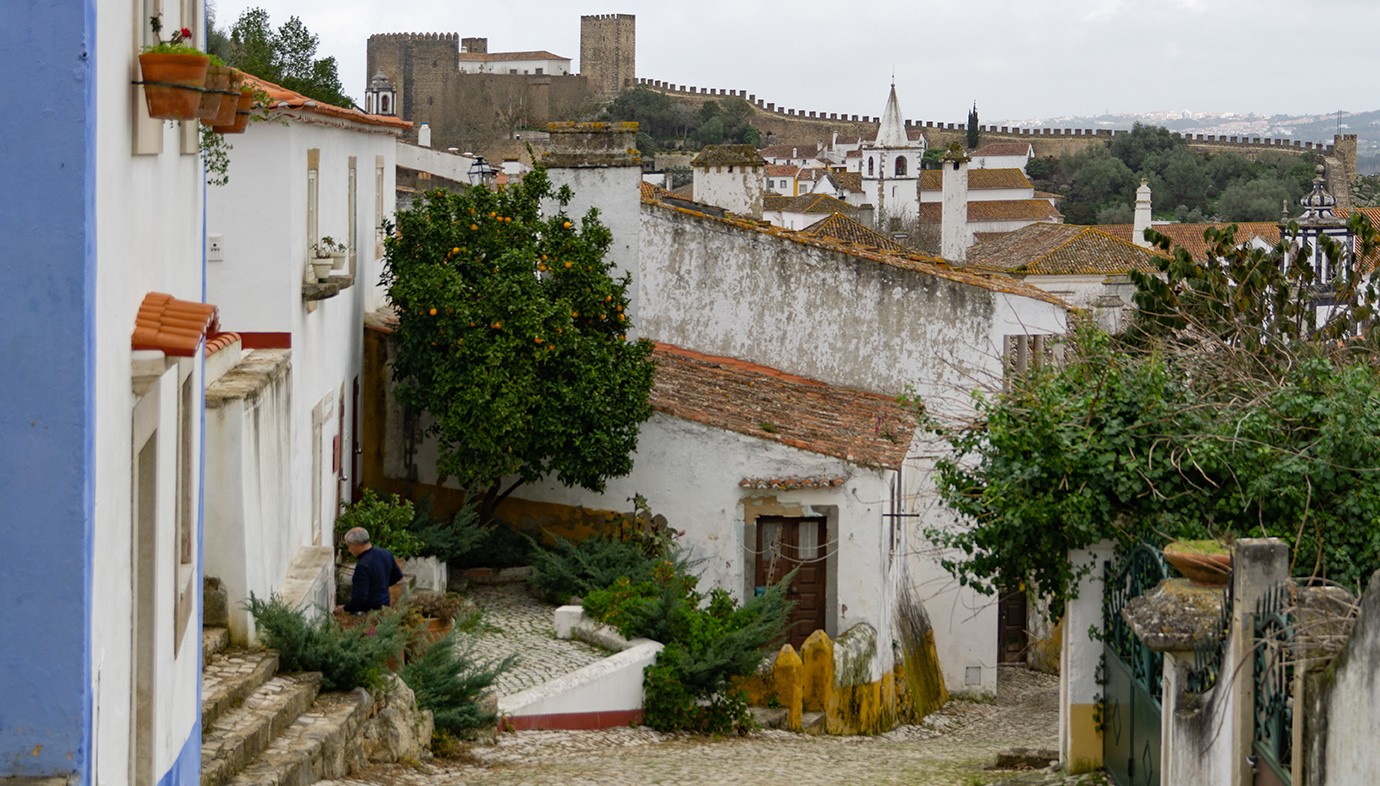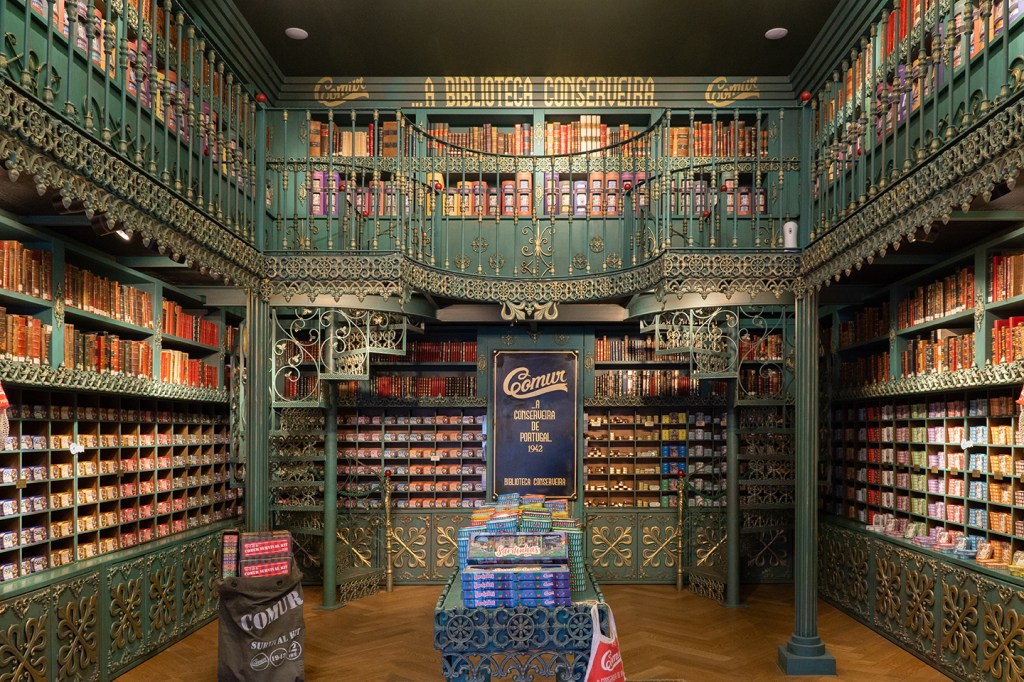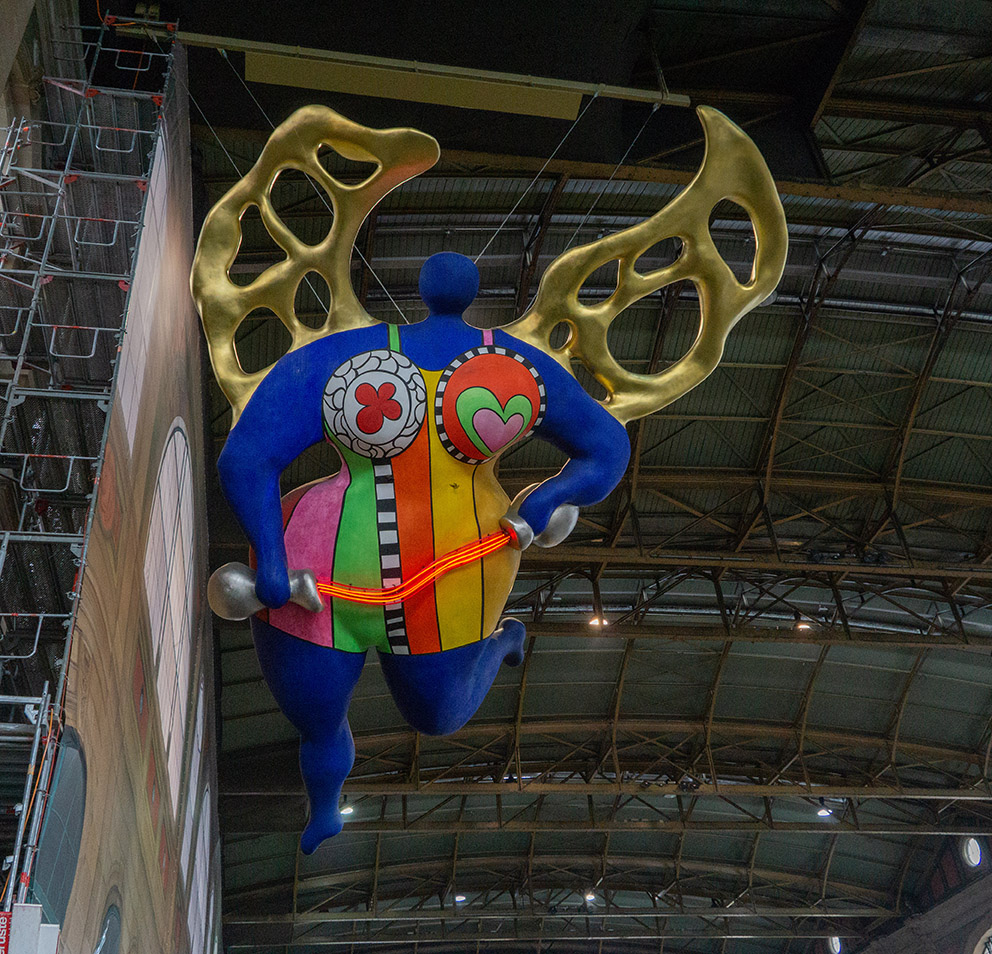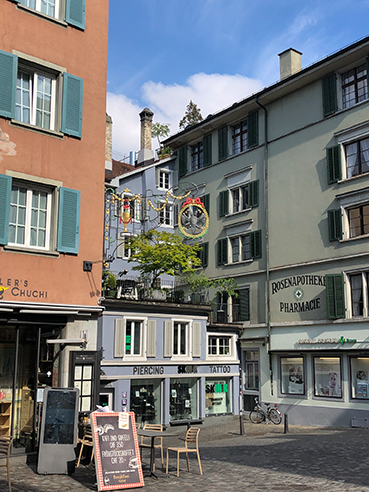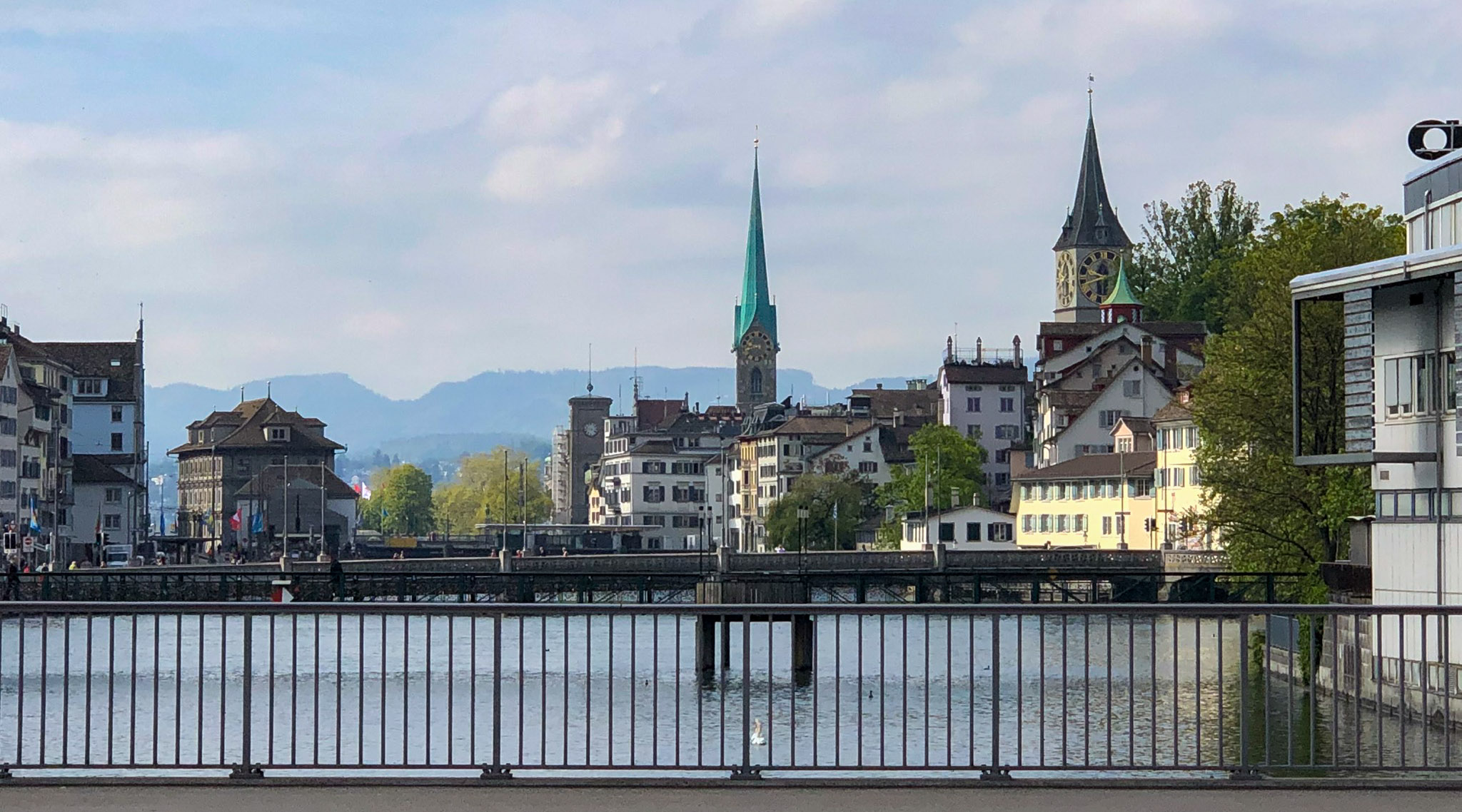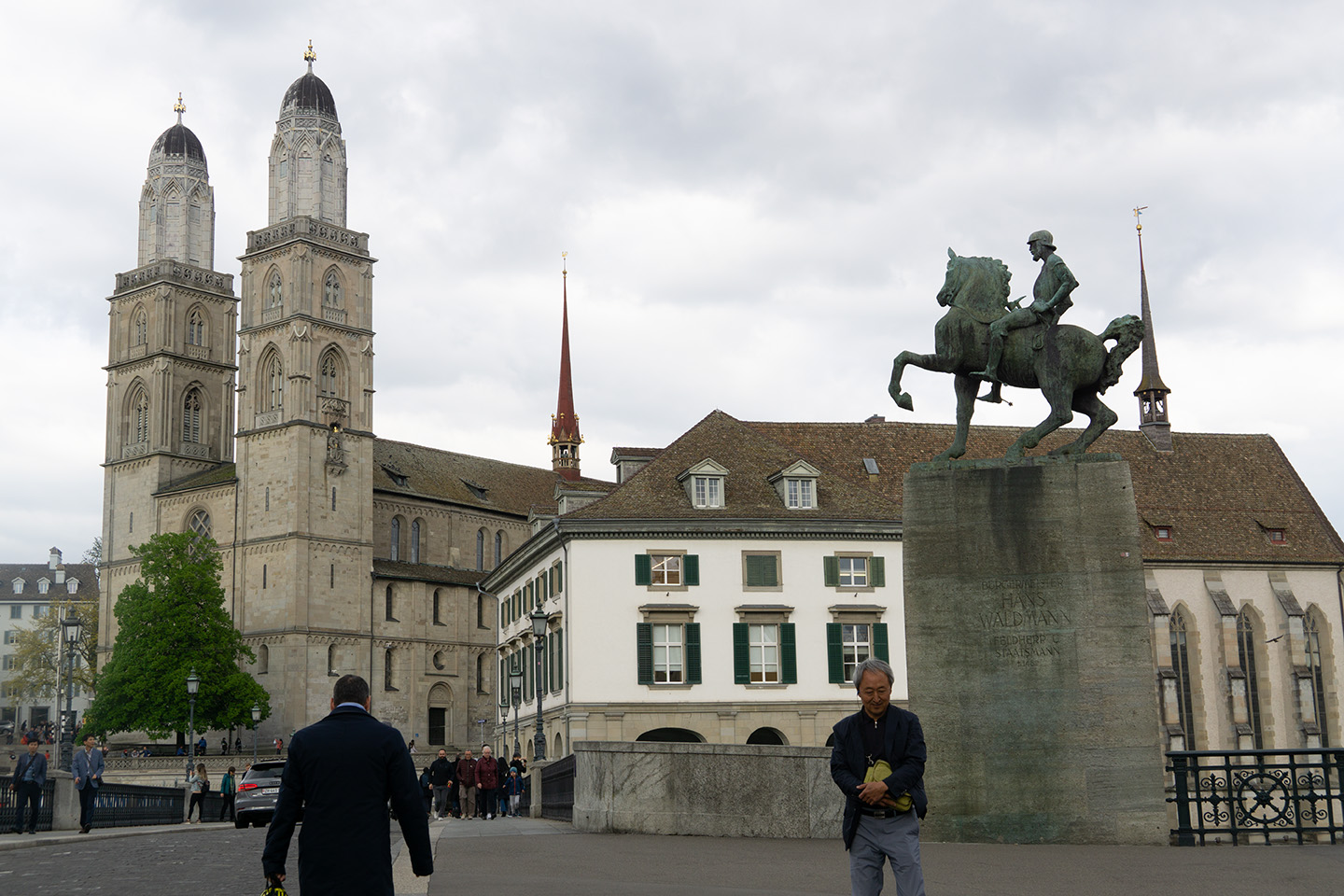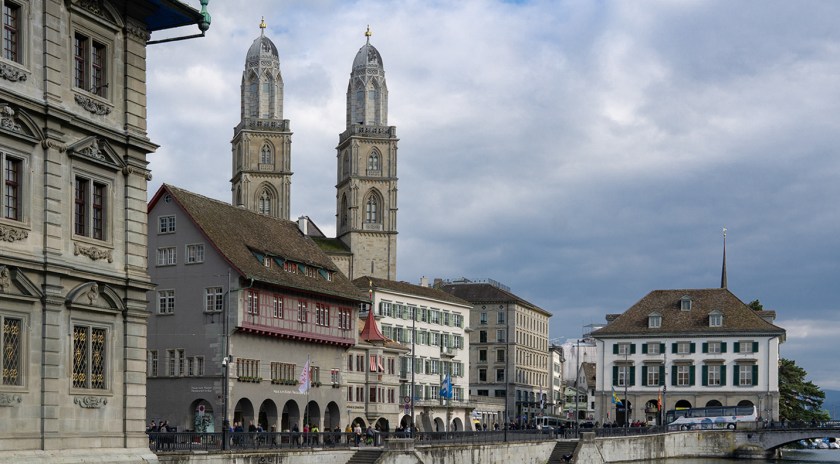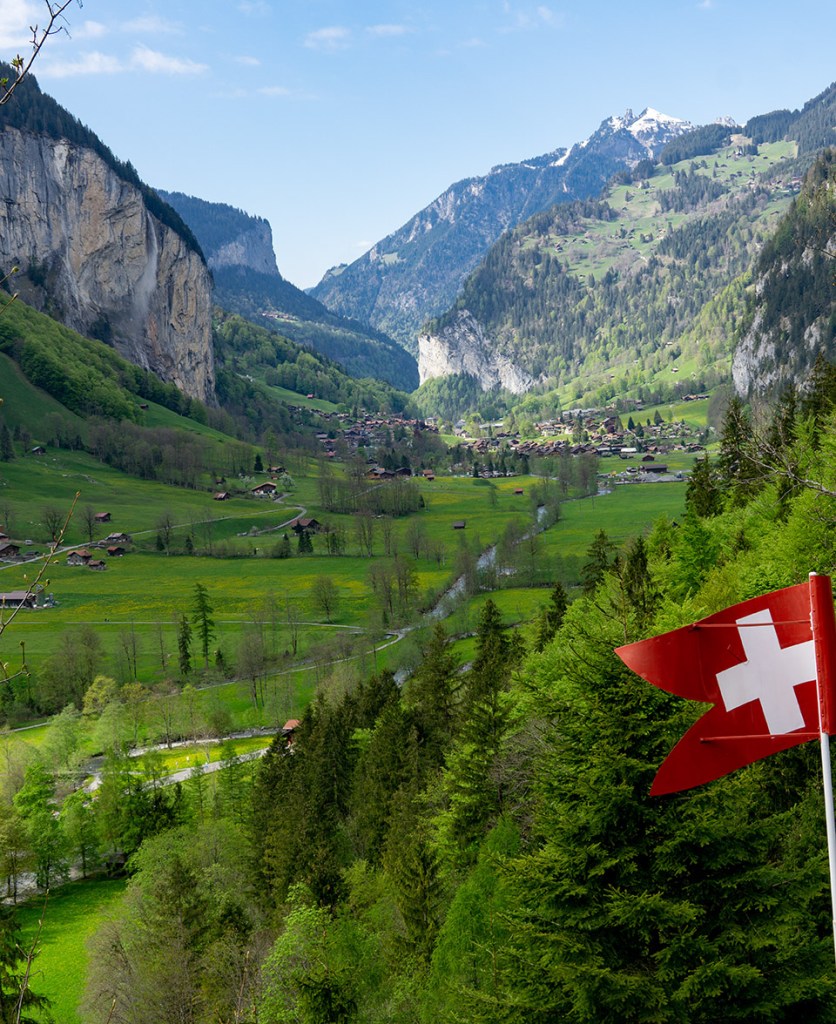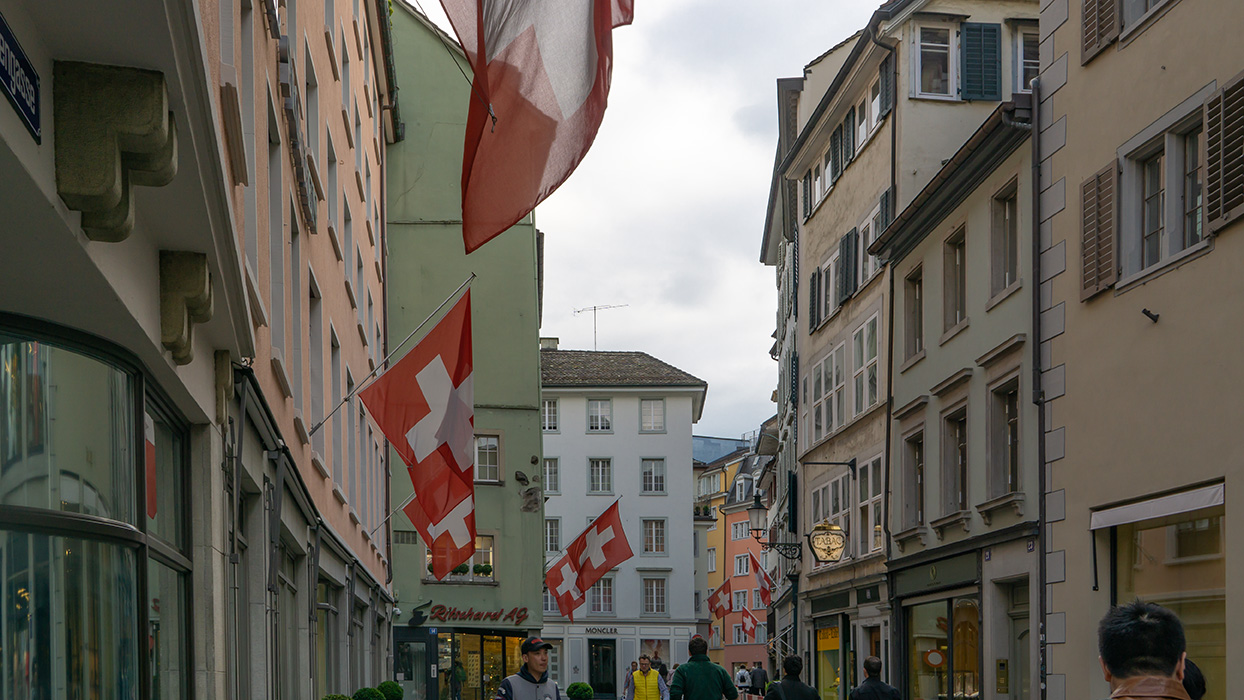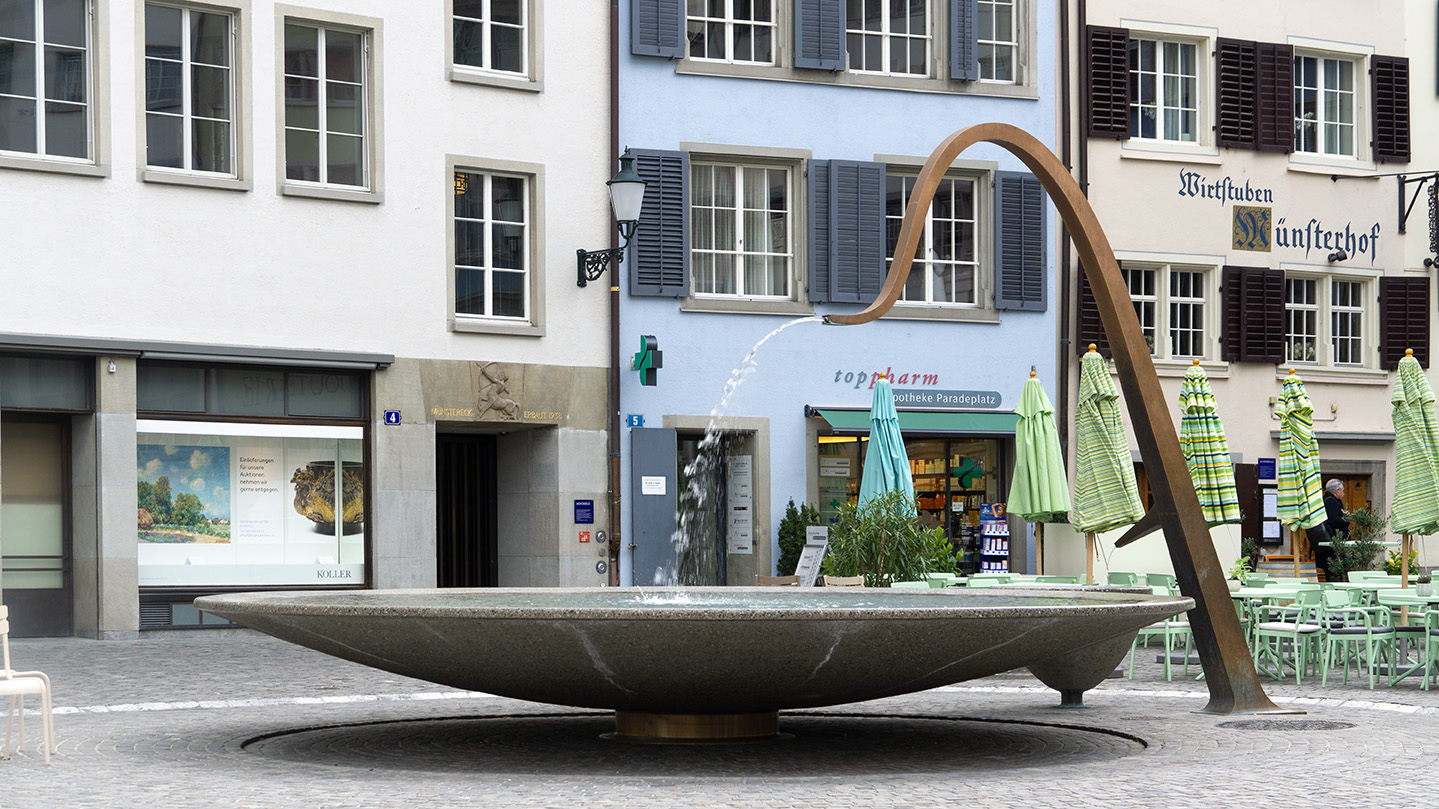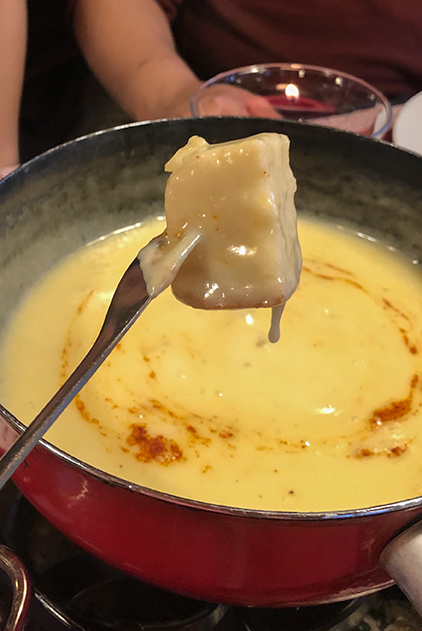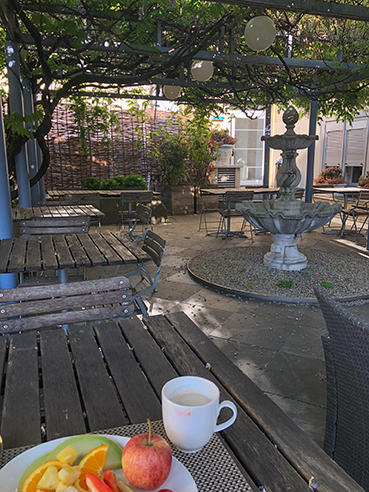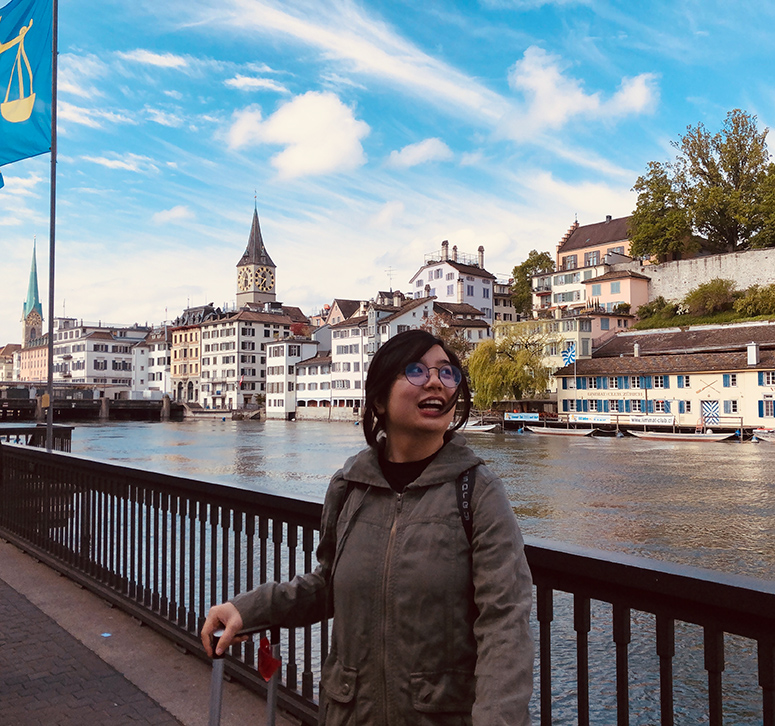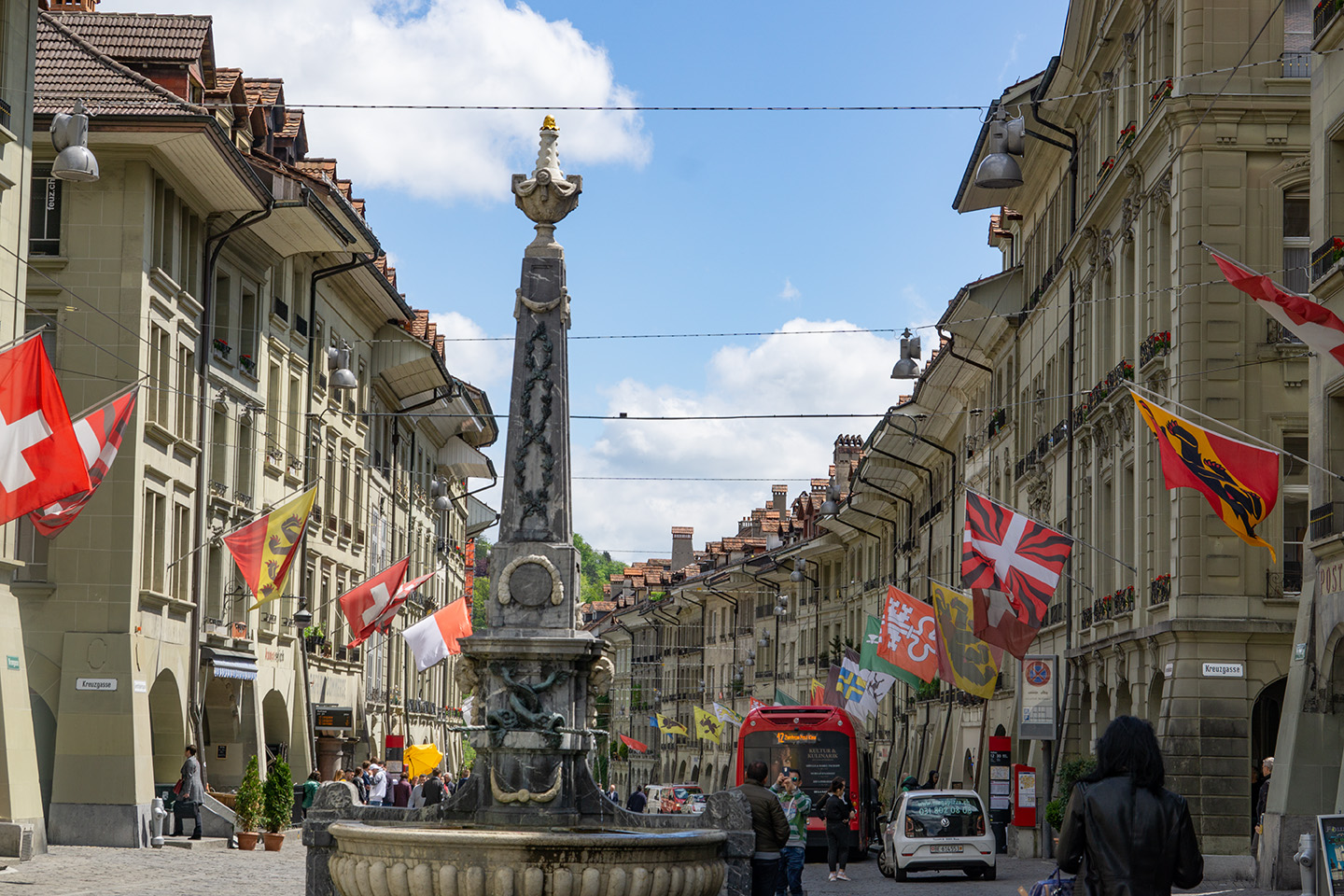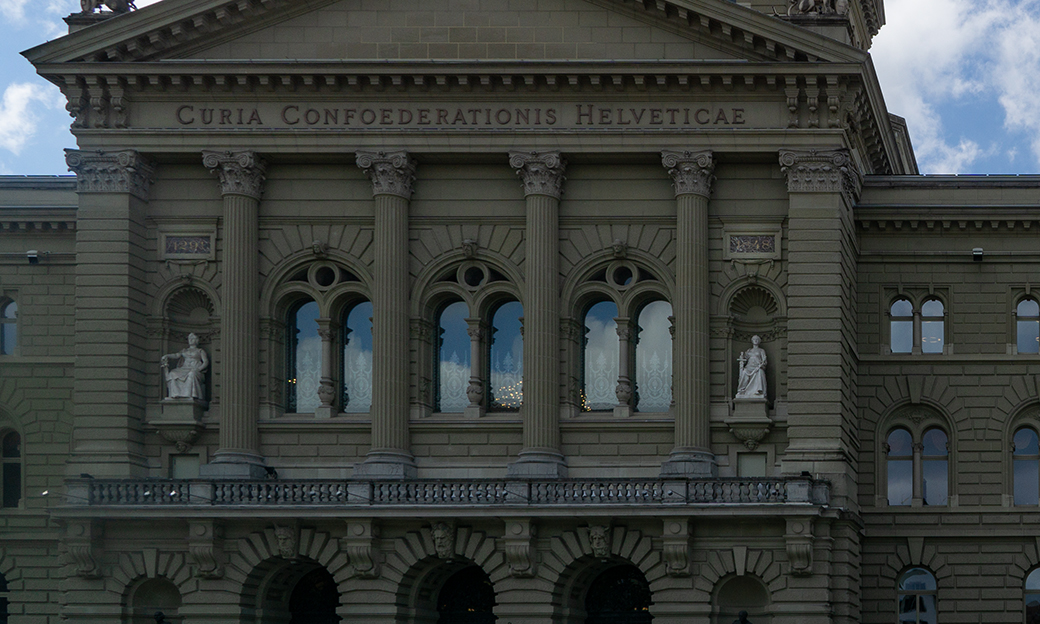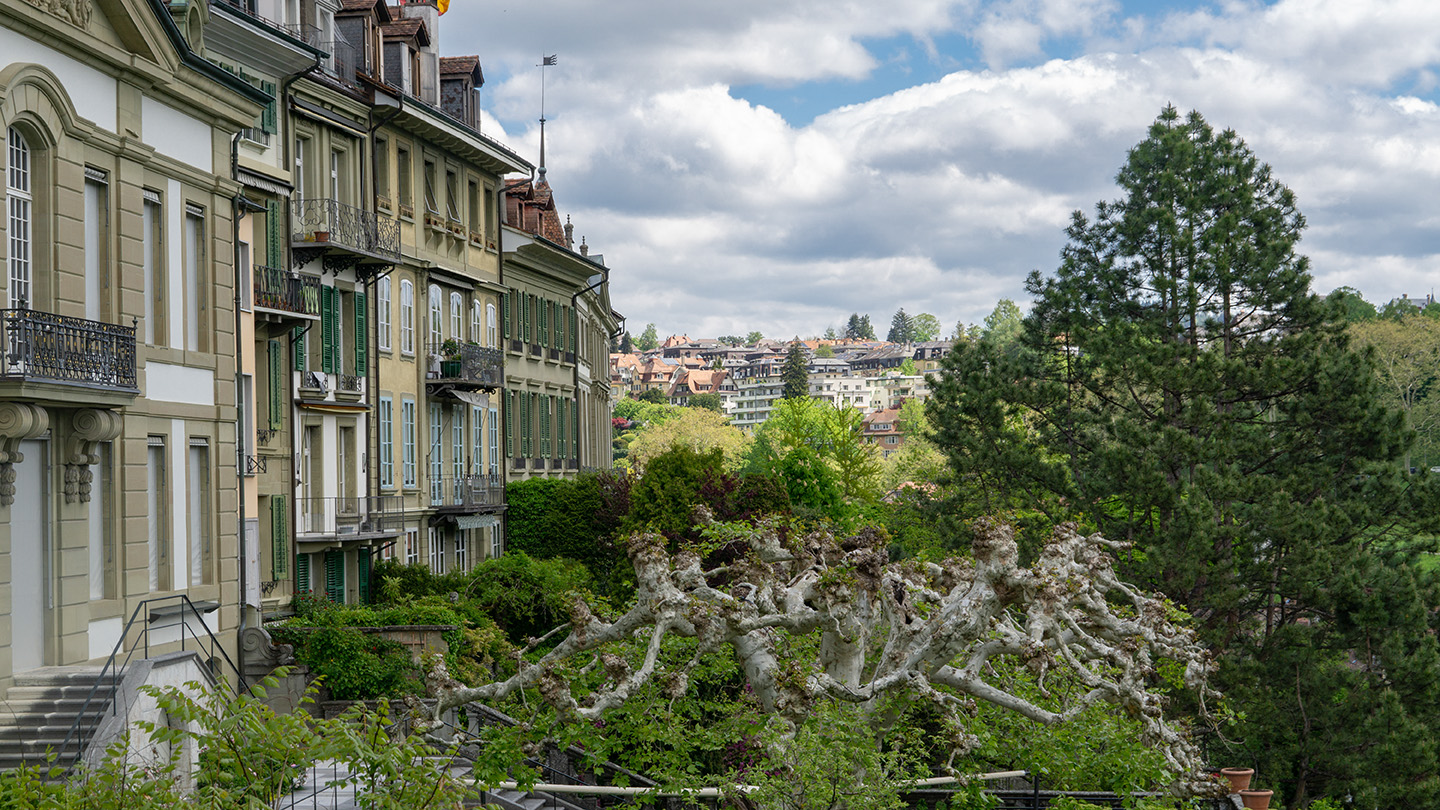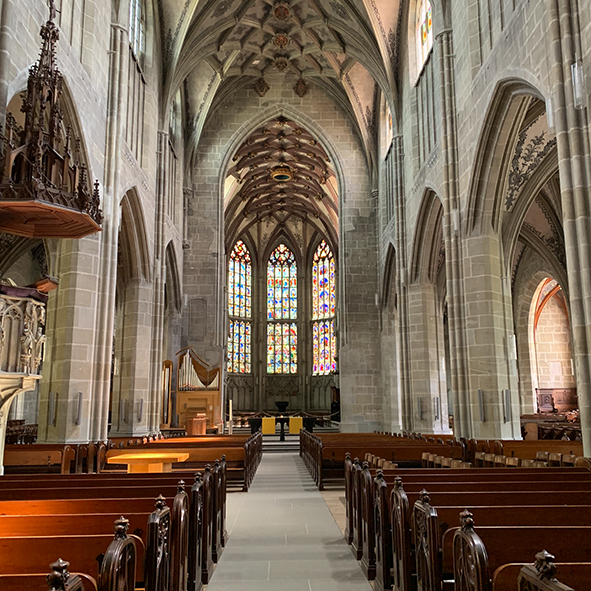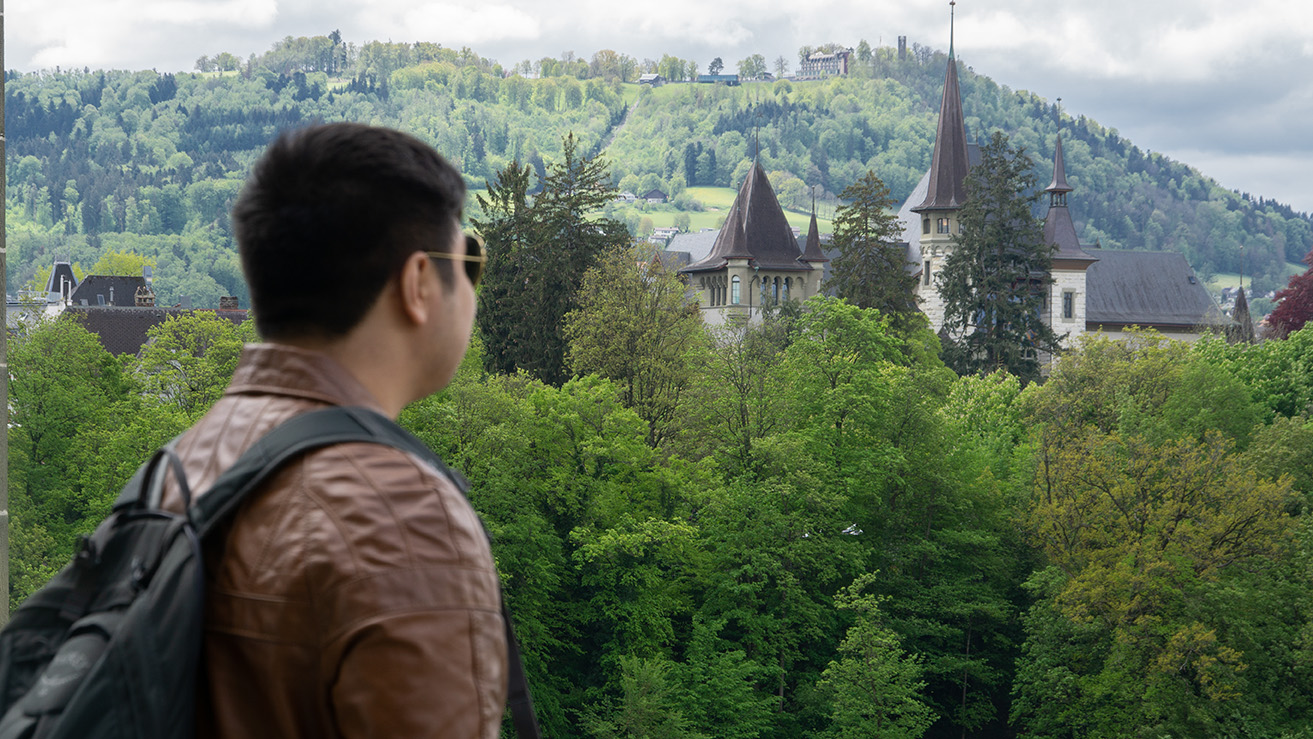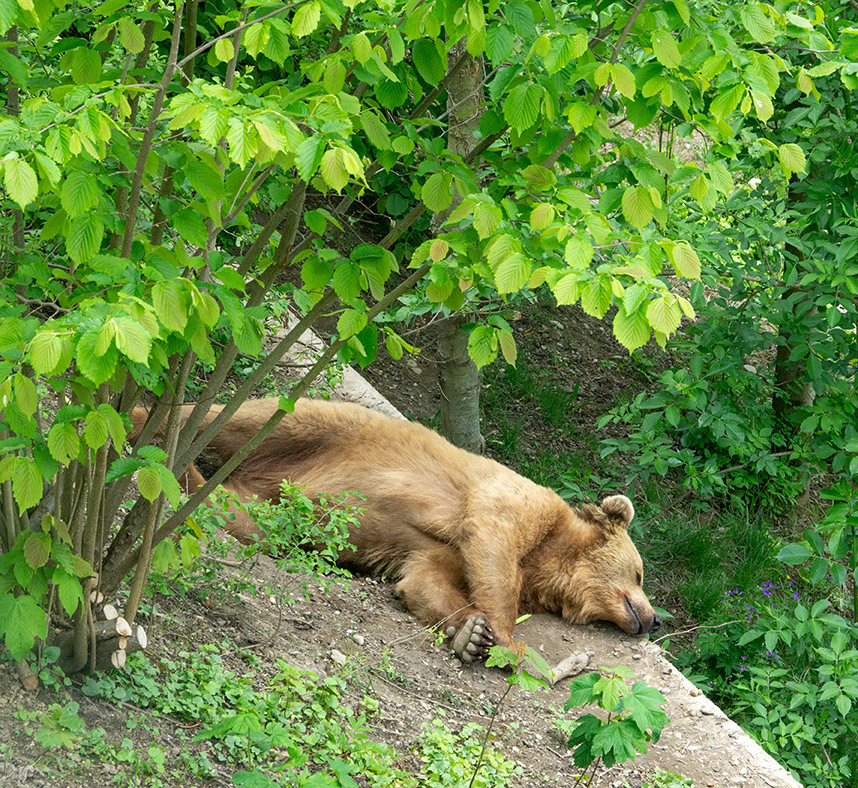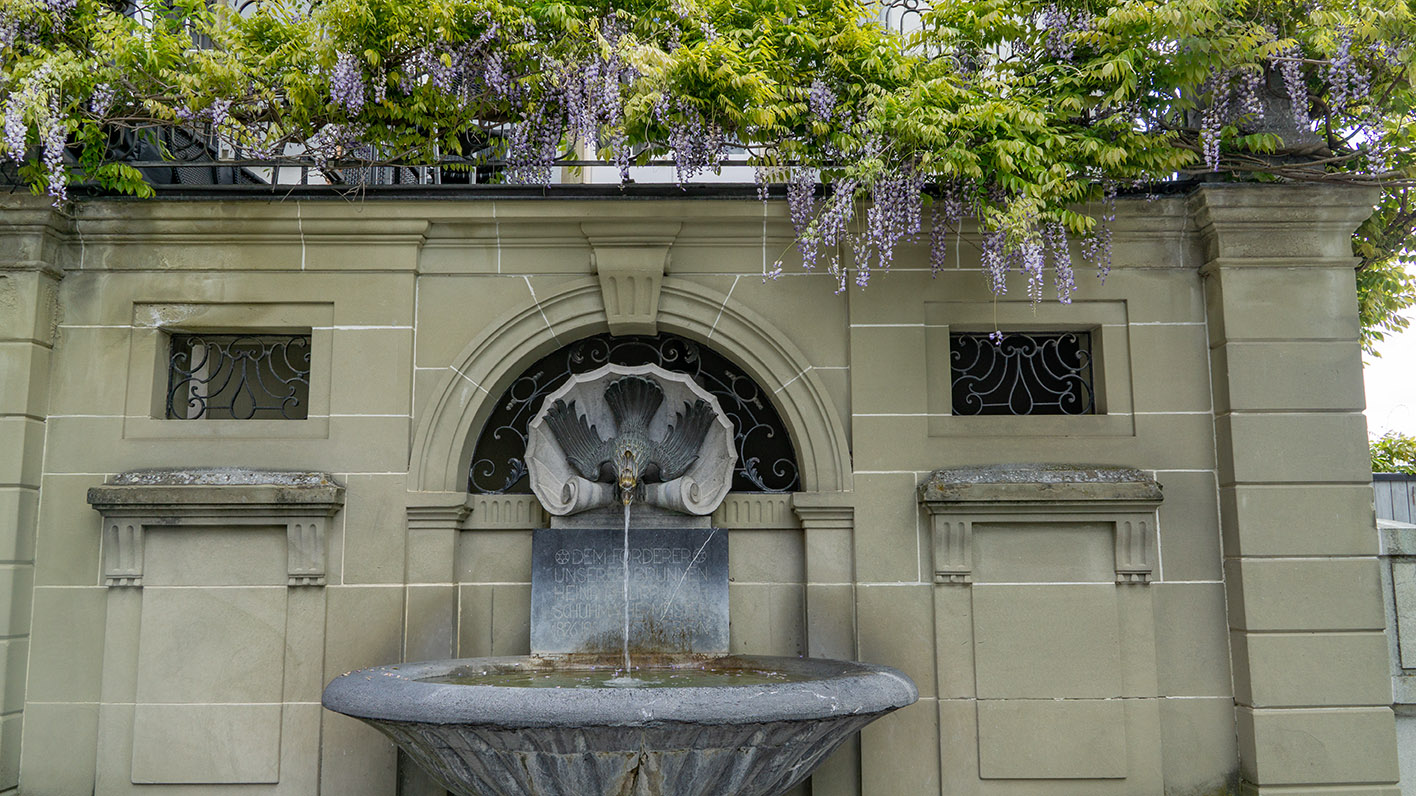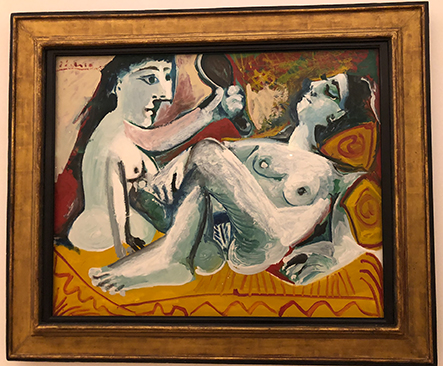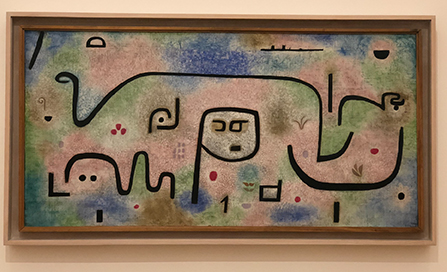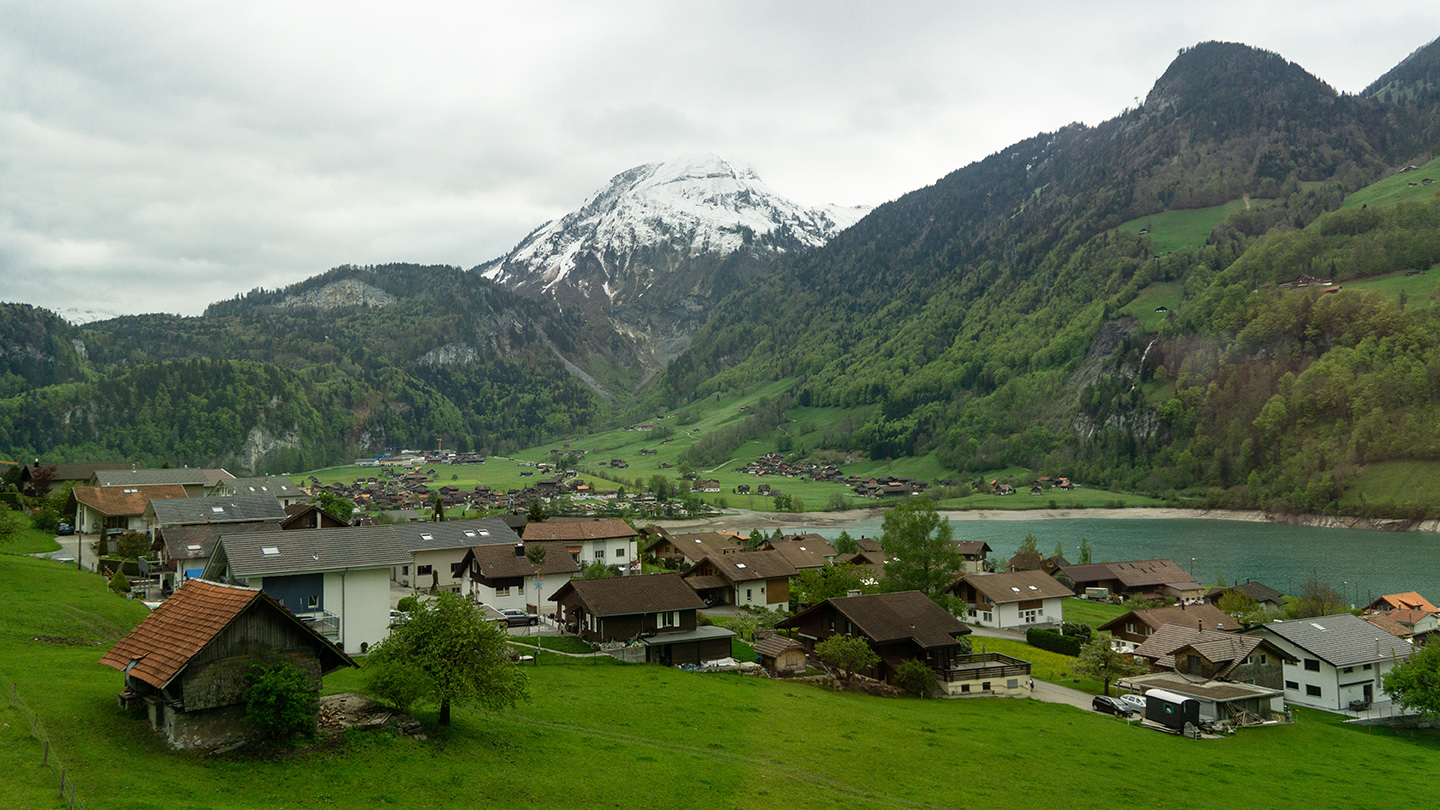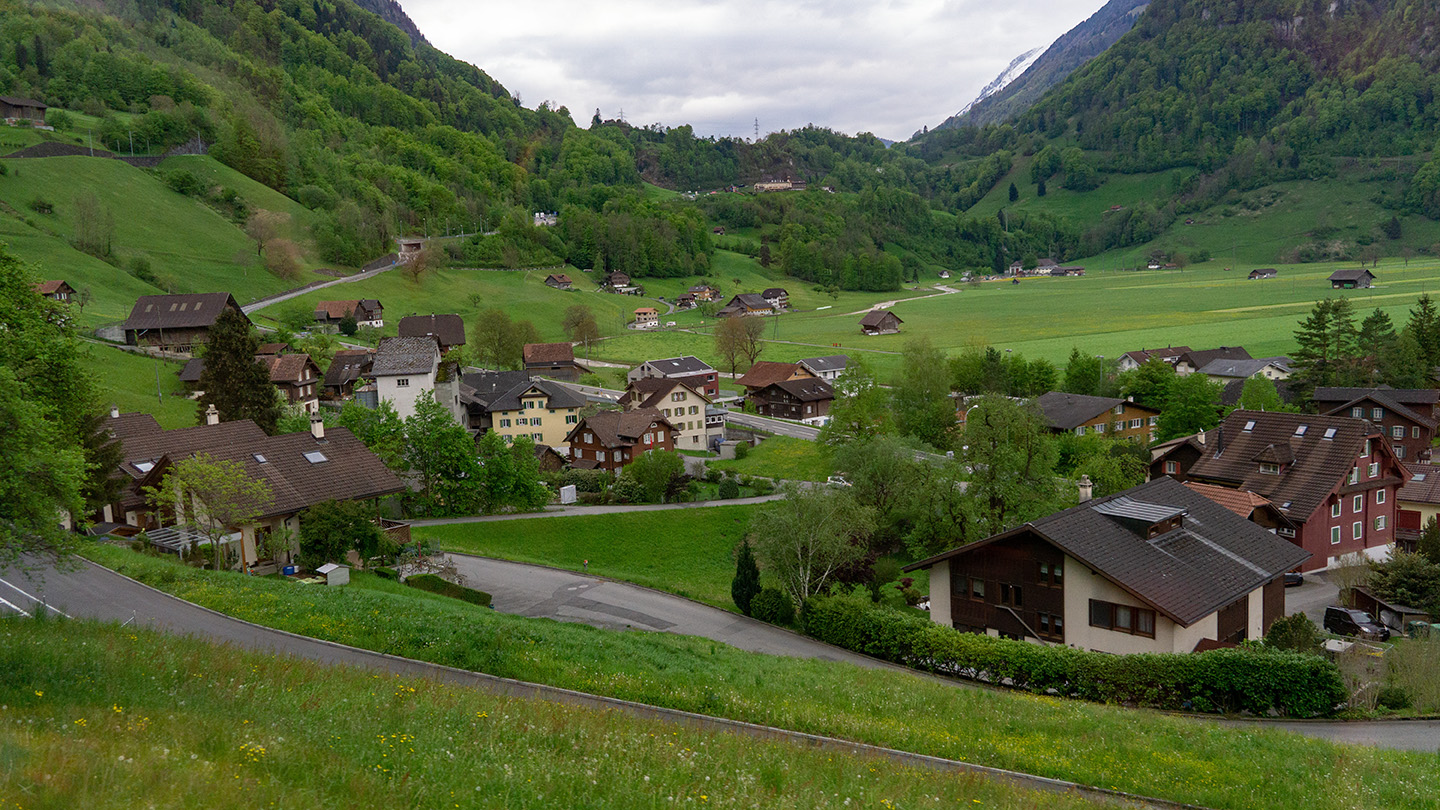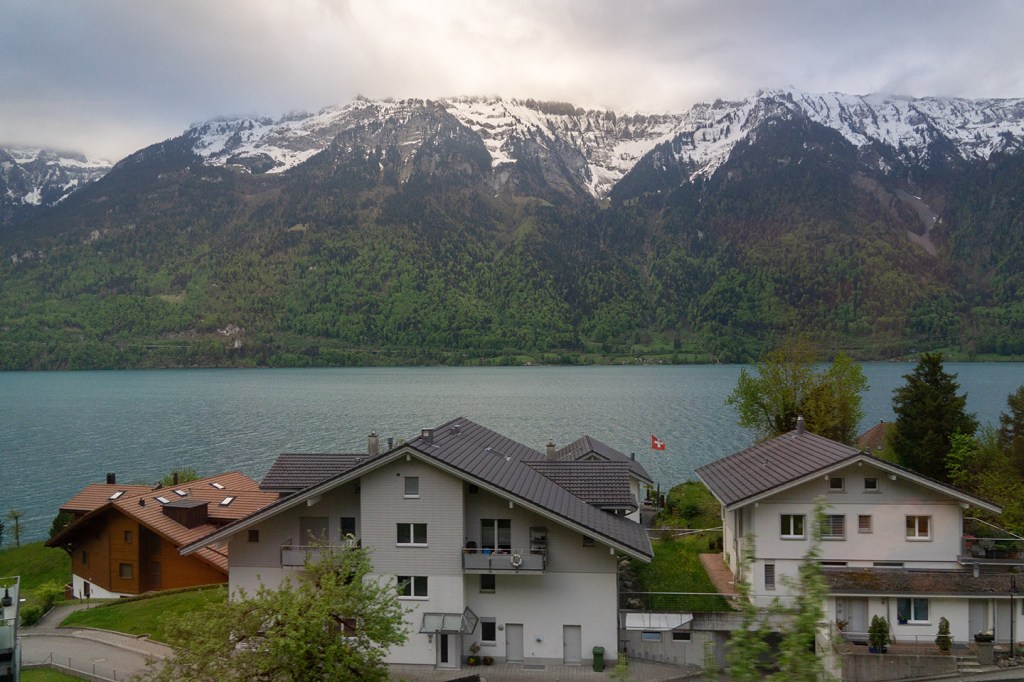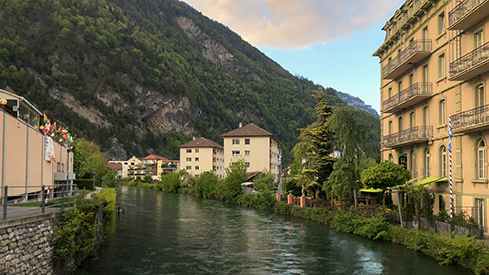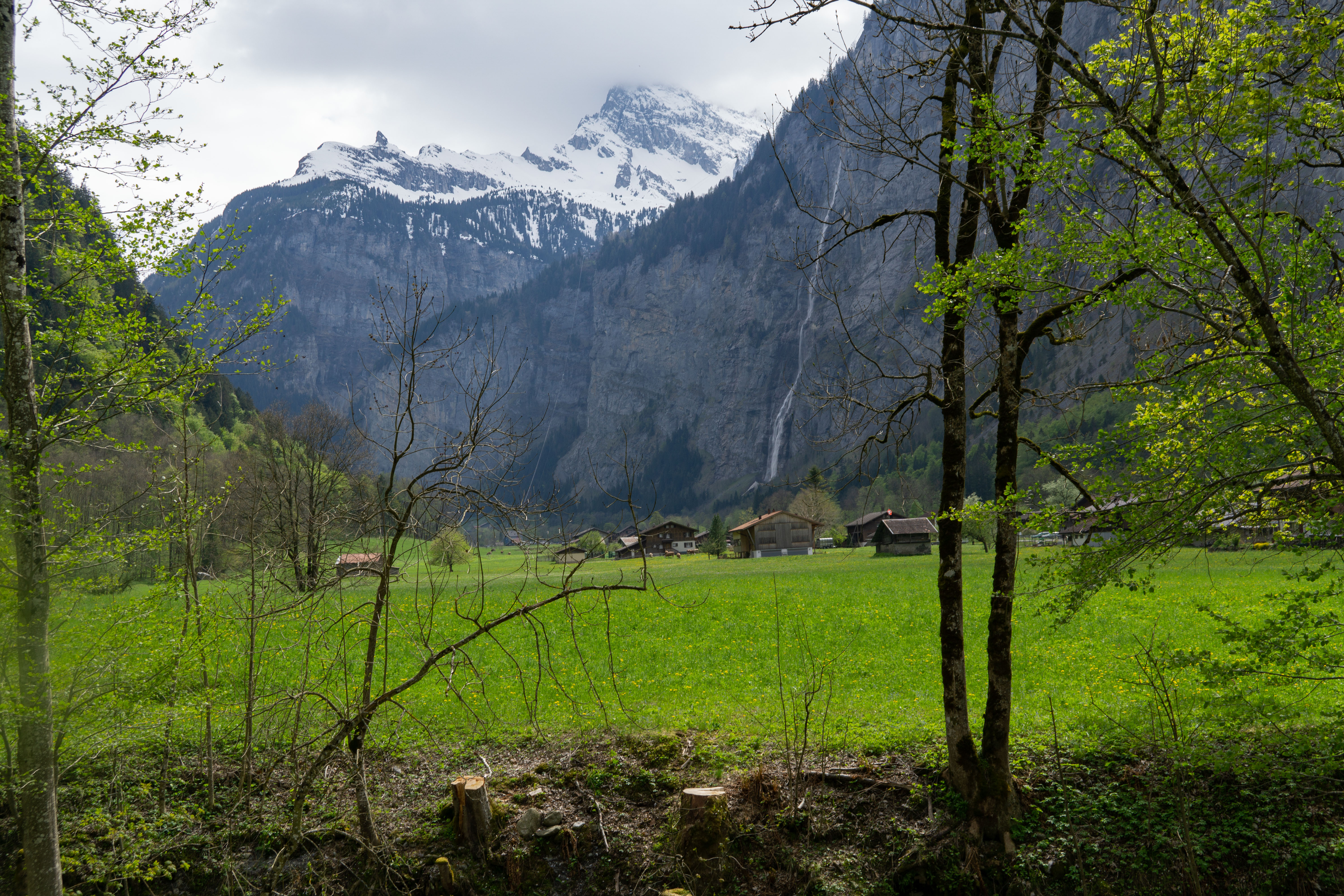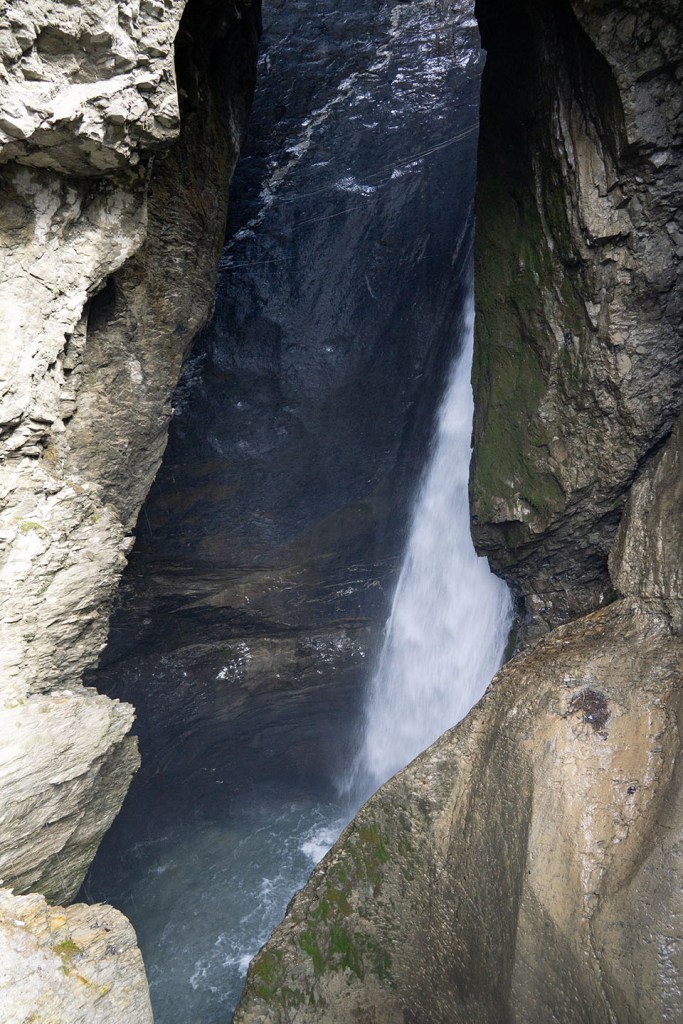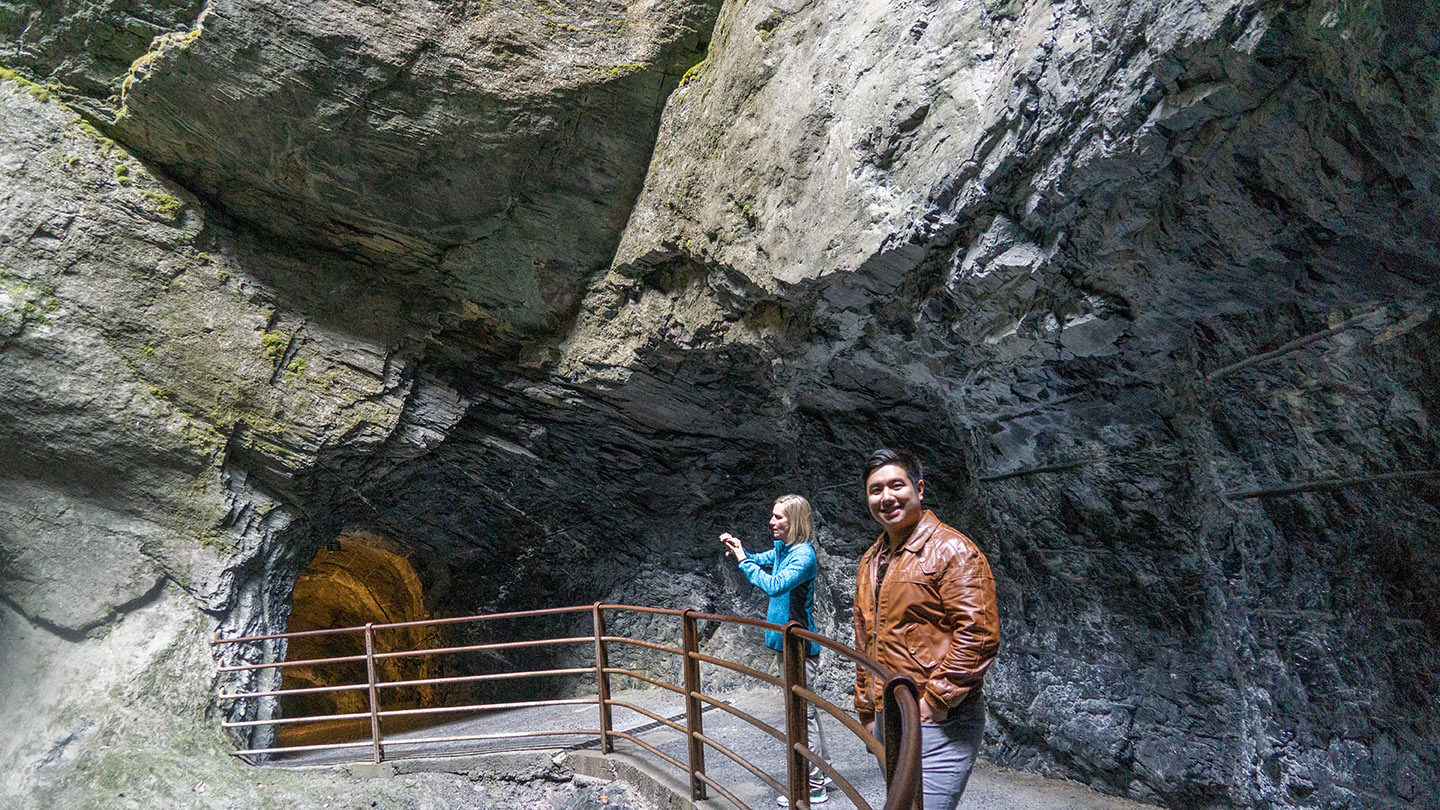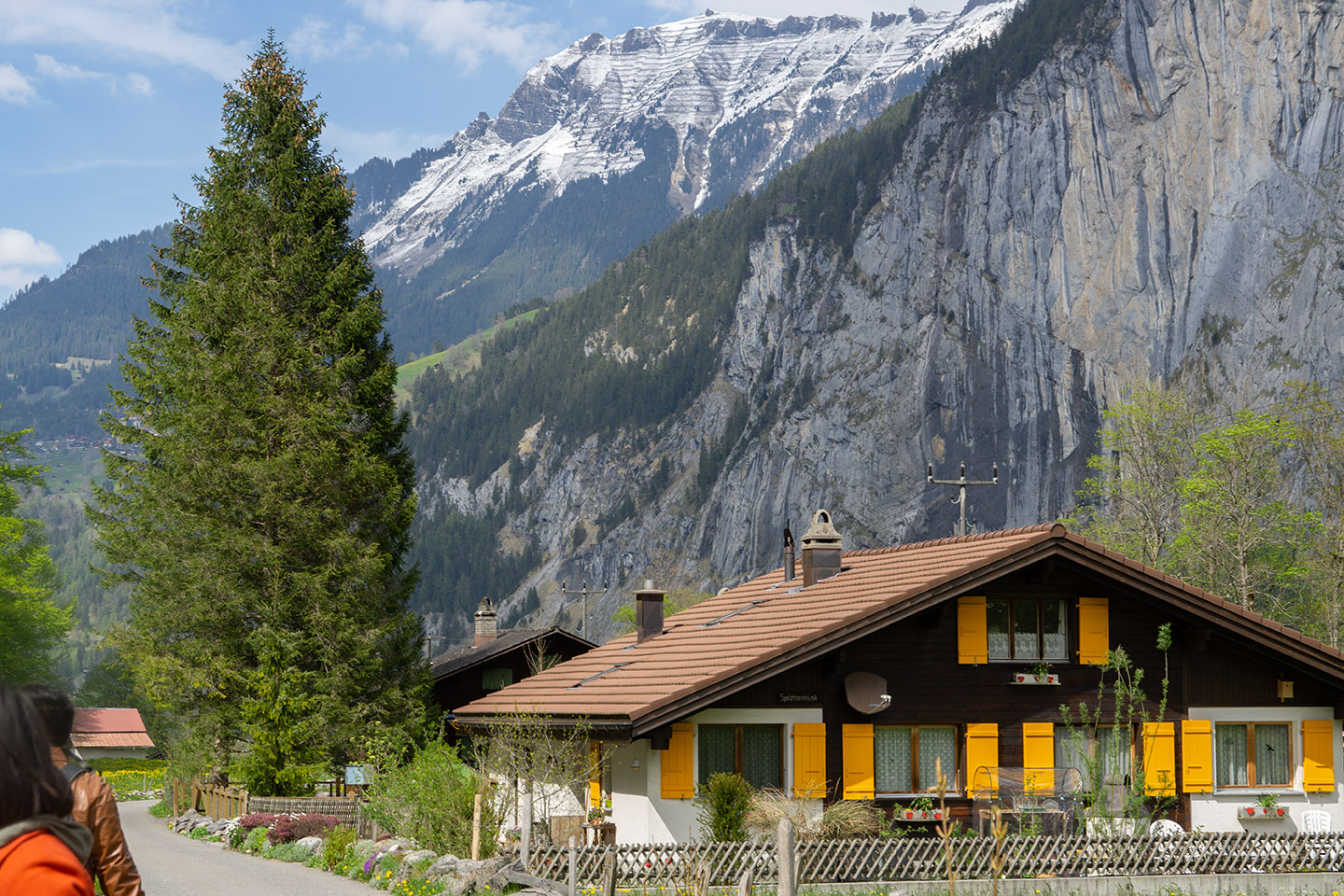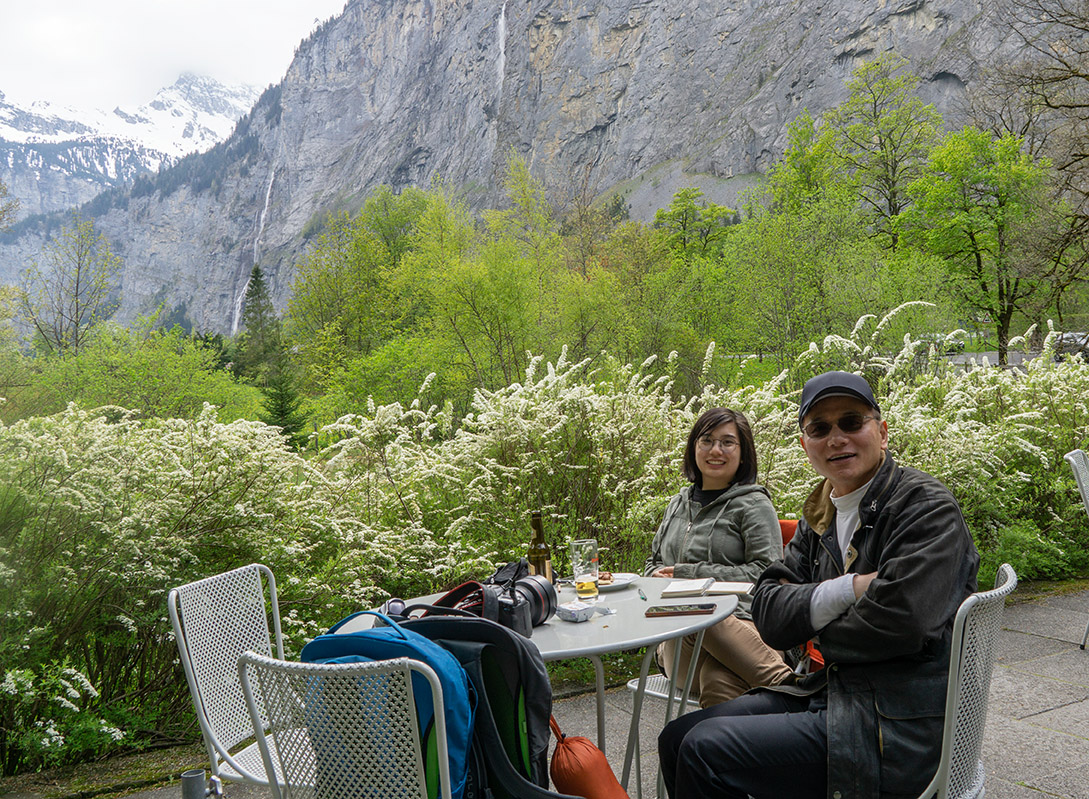The Douro Valley is the birth place of port wine, a rich and complex ‘sweet juice’ that goes great after dinner on its own or with dessert. Who doesn’t love port wine? Visiting the valley and tasting port have been on our list for years, we finally made it in February.
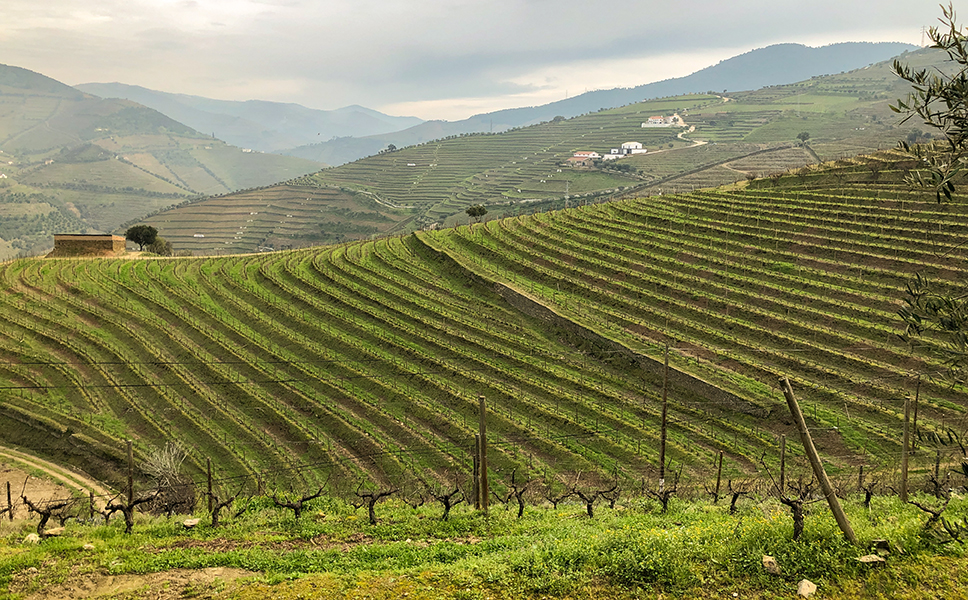
Our plan was one day at the Douro Valley and two days in Porto. Three days were not long barely enough for us to visit the places we had wanted to go. We decided to stay at the heart of the Douro, a little town called Pinhão, which was about two-hour drive from Porto.
To maximize our experience, we splurged on the fancy classic hotel at Pinhão, the Vintage House Hotel. Our balcony was open to the Douro river.
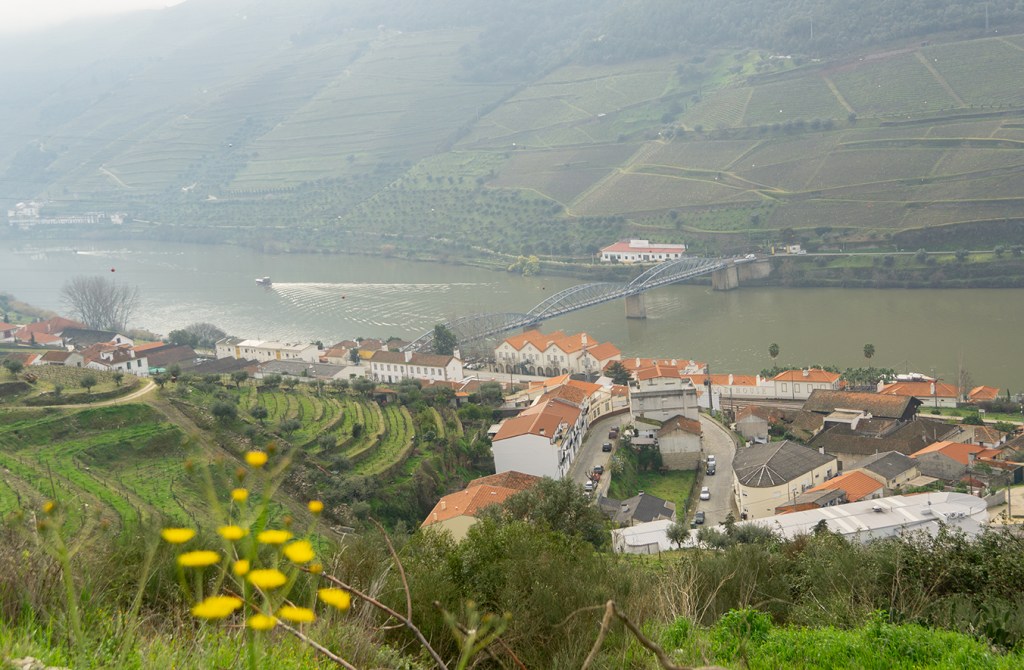
A river cruise was just a step away from the hotel. In February, there is only short cruise–one hour navigating around Pinhão, the most scenic part of the Douro River. The long version lasts for seven hours, operates daily from March to November between Porto and Pinhão. In my opinion, this short ride gave a taste of the cruise, enough for us because it all looked the same after a while.
It was orange season, all kinds of citrus fruits were there await, begging to be tasted and free for hotel guests. The orange and grapefruit were ones of the sweetest and freshest I’d tasted. My favorite among the five kinds of citrus there was kumquat. We are having a tough time to adjust our taste buds to supermarket fruits now.



Do you know the Douro river is 550 mile long, starting from Spain? It is called Duero in Spain. We happen to love red wine from the Douro, both of Spain and Portugal. The longer part of the river, about 350 miles, is in Portugal. The river runs west, pours to the Atlantic ocean at Porto. The grapes are harvested in the fall, the wine spends the first winter in the valley, then the barrels are floated downstream to Porto in the spring to be aged in the cellars because the valley is too hot for storage in the summer months.

The deep in the Douro setting gave us advantage to visit quintas out of the way from the main road. A quinta is a farm that produces port and table wine. Our best tasting experience in the valley was at the Quinta do Panascal.

Different from the other quintas we visited, the tour at the Quinta da Panascal was self guided. We were given a recorded audio guide, then wondered off freely to explore the winery. This Quinta produces Fonseca wine, which is owned by Taylor.
We chatted with the manager, and he pointed to the olive trees scattering all over the winery. Actually the olive oil industry goes much longer the wine industry in Douro. I did pick up hint of olive on the wine tasting that followed. The power of suggestion? 🙂
Wine tasting was followed after the tour. There are basically three types of port wines: the ruby port, the downy port and the vintage port. There are six grape varieties making up the majority of the port, they are Tinta Amarela, Tinto Cão, Tinta Barroca, Tinta Roriz (also called Tempranillo in Spain), Touriga Francesa (the most widely planted) and Touriga Nacional (the most famous Portugal grape). Check out this article for further reading.
- Fonseca Siroco White Port N.V. 3***
- Fonseca Bin 27 Finest Reserve Port NV 4****
- Fonseca 10 year Old Tawny Port 4.5****
Ten euros for the tour and wine tasting. The above three wines were included in the tasting. Actually most of the quintas offer a similar program, an hour long tour following by a tasting of 3-4 wines for 10 euros.
Of all the port wine, I can’t say which is better since they were all tasty to me. If I have to list my preference, then first is tawny port, the ruby, finally white port. Can’t say much about the expensive vintage port since we didn’t taste much. However we did taste a 1977-vintage port at Porto which I’ll write about at the next blog!

The best Quinta for photograph got to be the fabulous Sandeman’s Quinta do Seixo. Unfortunately we were there during their lunch break, the tasting room was closed for two hours. However, we made it up tasting Sandeman at Porto later.
The ride from Douro Valley to Porto was really beautiful especially the segment from Pinhão to Peso da Régua. In the 70s a series of dams were built along the Douro to tame the water. Because of the dams, the water was so calm, the mirror-like reflection was enchanting.
Three shots of city of Peso da Régua:
After thoughts:
It was preferable to rent a car to the Douro Valley, if possible. Otherwise a convenient train can take you to the valley from Porto. With a car we were not limited to the quintas of walking distance around the station, we could explore deep into the valley.


Most of the quintas at the valley were informal, economic and down to the earth, in comparison with our tasting experiences at the Napa Valley which were much pricier and more upscale in most wineries. It was perfect okay to just pull into any quinta. However coming in the light season, we missed a couple of tasting because of lunch break and close. So make sure to call ahead to get their tasting hours if you have one on the must-have list.
It turned out good for us to visit the valley first, then to Porto. Because we could make up the tasting we missed at the valley. Actually you can find tasting of almost every port wine at Porto where port wine ages up to decades at the cellars here after transported out of the valley.

Thank you for reading this far, please check out our visit to Porto, too!
